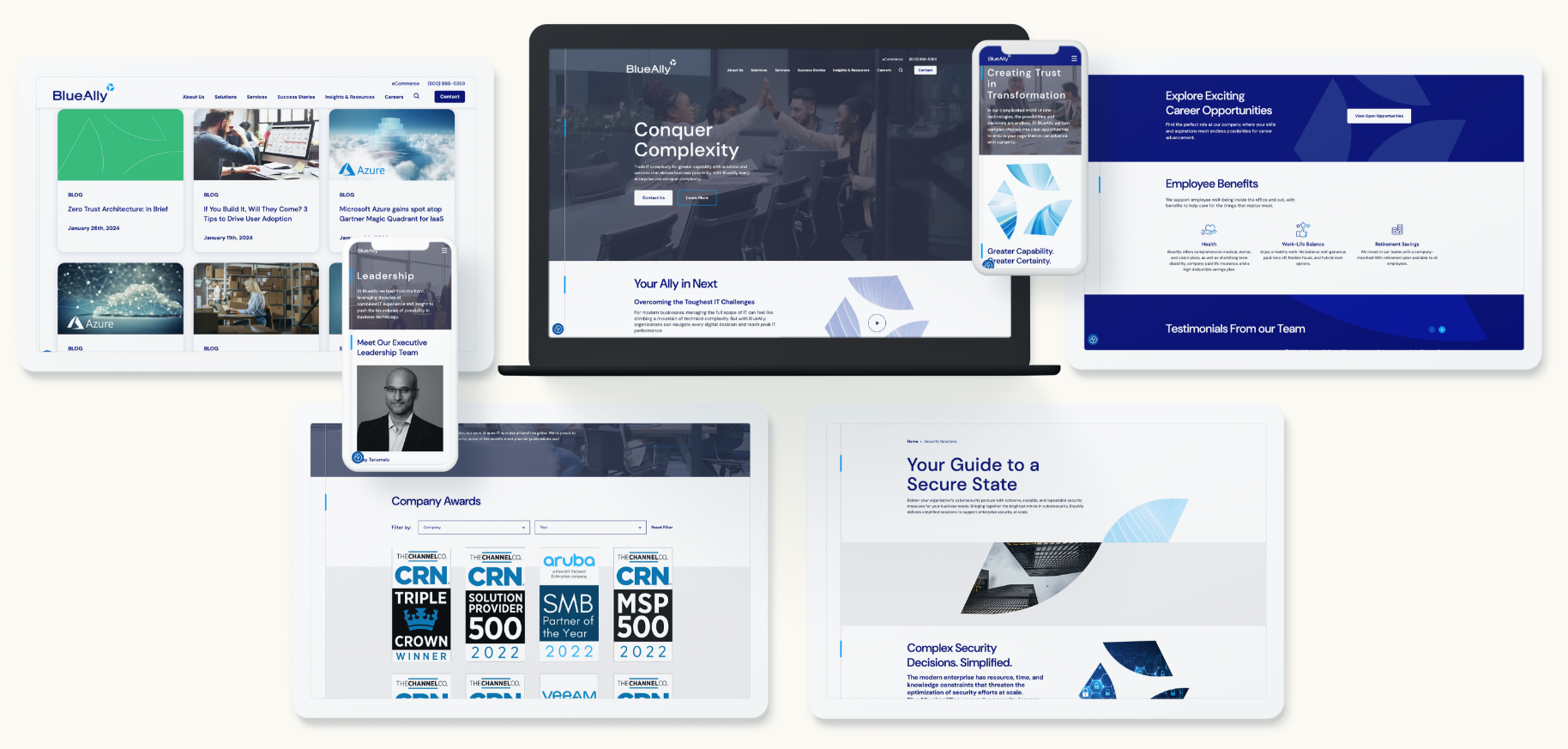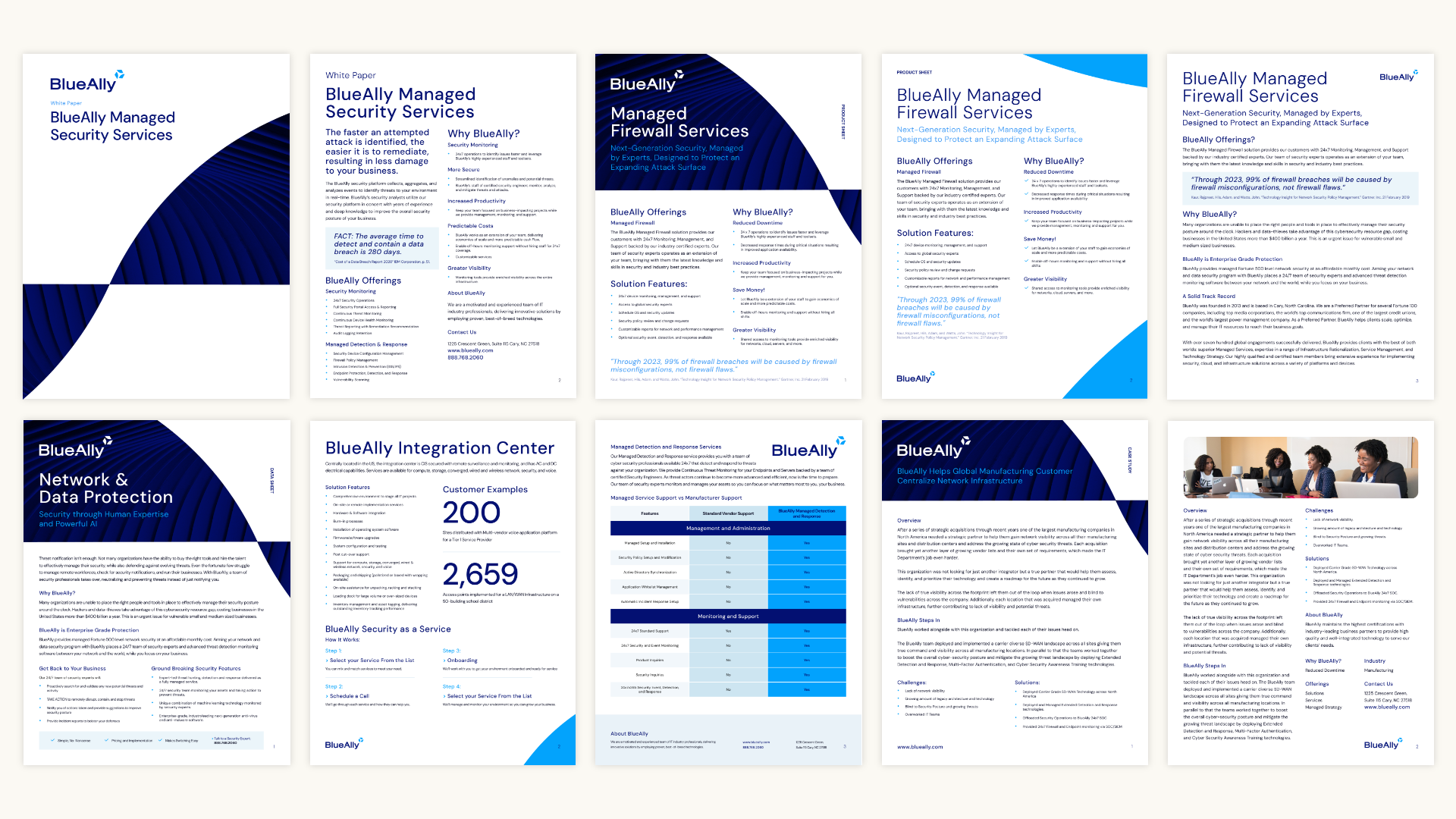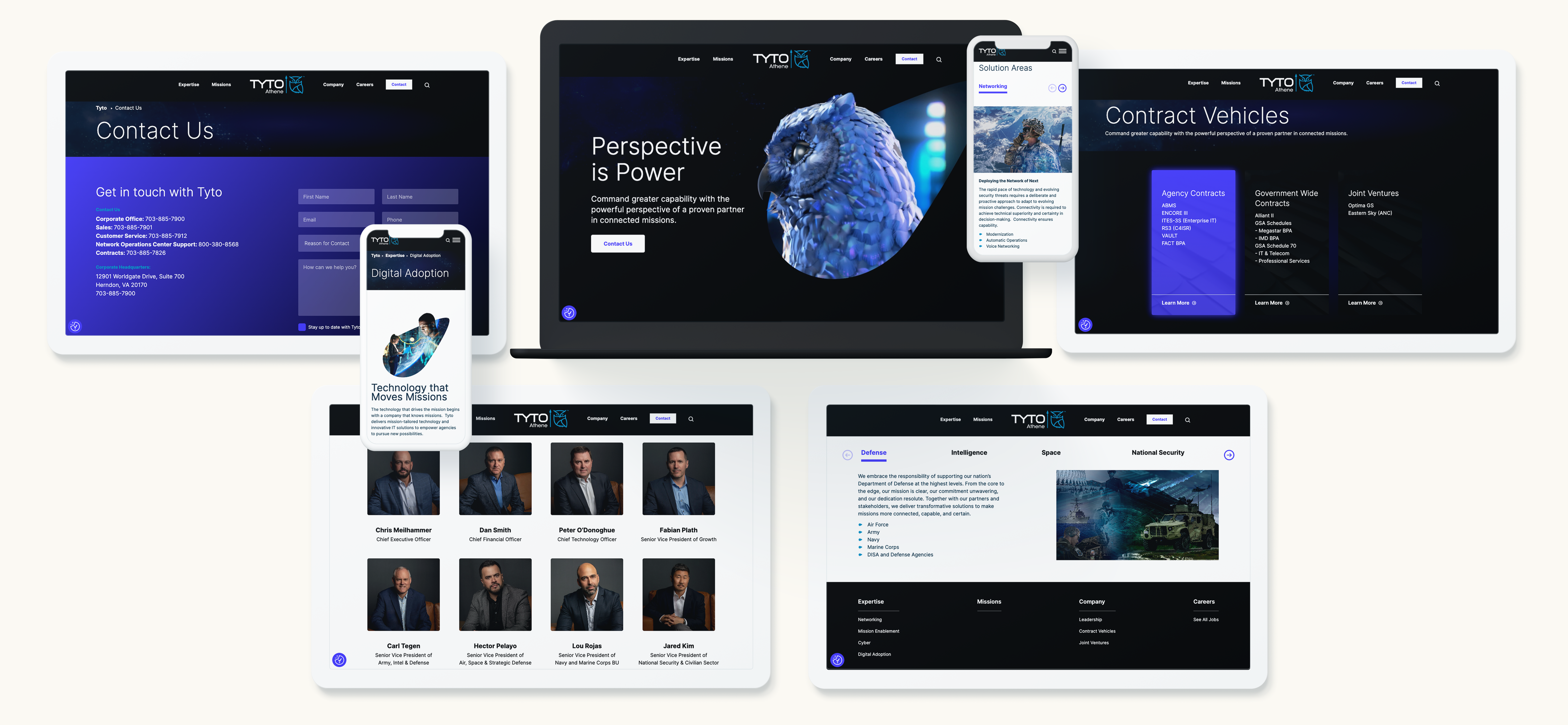In today’s business environment, professional services firms face a unique challenge: balancing the tried-and-true methods of traditional marketing with the rapidly evolving demands of digital channels. The modern B2B buyer expects both personalization and accessibility, making a hybrid approach crucial for firms aiming to engage and retain clients effectively. For professional services firms rooted in traditional approaches, the shift to digital marketing can feel daunting—but it also represents an opportunity to connect with clients in meaningful new ways.
The Changing Landscape of B2B Marketing for Professional Services
Buyer expectations have changed significantly over the past decade. B2B decision-makers now prefer a blend of digital touchpoints, from educational webinars and engaging social media content to insightful blog posts and targeted email marketing. Traditional marketing approaches—such as in-person networking, relationship-building, and referrals—remain valuable. However, they no longer fulfill the full range of buyer needs, especially as many decision-makers now conduct extensive online research before even contacting a provider.
For professional services firms, the challenge is to create a seamless experience that combines digital and traditional interactions. Today’s B2B buyer expects convenience and immediacy, along with the depth and reliability associated with established brands. By carefully integrating digital channels, firms can strengthen client relationships while meeting modern expectations.
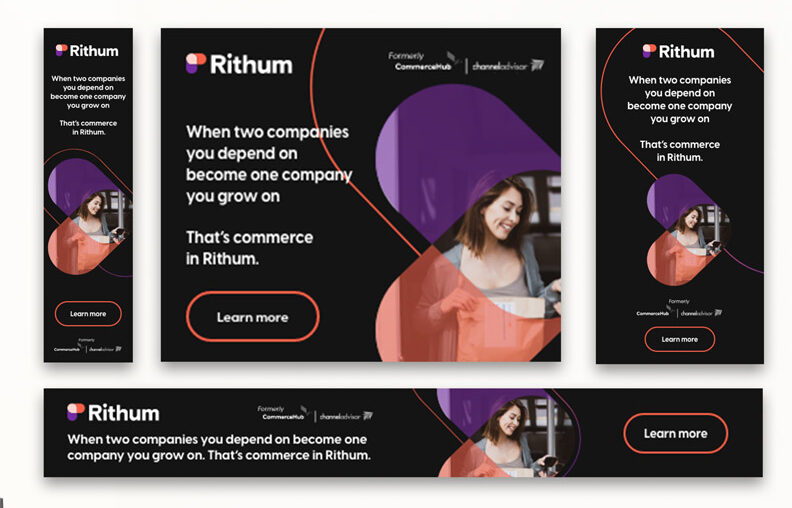
Core Challenges in Transitioning from Traditional to Digital
Transitioning to a hybrid marketing strategy is easier said than done. Many professional services firms face challenges that slow their adoption of digital methods:
- Resistance to Change: Established firms often have well-defined processes and are accustomed to traditional marketing’s tangible returns, like word-of-mouth referrals and direct networking. Embracing digital marketing can feel like stepping into unfamiliar territory.
- Measuring ROI: Digital marketing offers a wealth of data, but the learning curve can be steep. Many firms are uncertain about how to measure the return on investment (ROI) for digital campaigns, making it harder to justify shifting resources from traditional channels.
- Maintaining Client Trust and Expertise: For firms known for their expertise, there is a concern that digital methods could appear impersonal or detract from their credibility. Balancing the transparency and immediacy of digital content with a reputation for quality and trustworthiness can be tricky.
Key Strategies to Bridge the Gap
To navigate this shift, firms can employ specific strategies that bring the strengths of both traditional and digital marketing together.
- Leverage Data-Driven Insights
Digital marketing provides access to extensive data on customer behavior, preferences, and touchpoints, allowing firms to create highly personalized experiences. By analyzing this data, firms can gain insights into which strategies resonate most with their target audience and adjust accordingly. For instance, monitoring engagement with content like blogs, case studies, or newsletters can reveal client interests and needs, guiding future campaigns. - Incorporate Content Marketing
Thought leadership is central to building credibility, and digital channels offer an ideal platform for showcasing expertise. By developing valuable content—such as industry insights, how-to guides, and webinars—firms can engage their audience, nurture leads, and solidify their position as trusted advisors. This approach not only reaches clients digitally but also strengthens traditional relationships by providing clients with informative resources they can share and discuss in person. - Utilize Targeted Advertising
Digital advertising allows firms to target specific industries, job roles, or geographic areas with precision. Platforms like LinkedIn, which cater to professional audiences, offer advertising options tailored to reach relevant B2B decision-makers. Retargeting ads, which appear after someone has visited your site, can also keep your brand top-of-mind among potential clients, making this strategy highly complementary to traditional networking efforts. - Blend Offline and Online Experiences
Professional services firms can create memorable experiences by combining offline and online elements. For example, hosting an in-person event that is also live-streamed can engage both local clients and remote participants, expanding the reach of a traditional approach through digital channels. Similarly, webinars, which provide educational value and interaction opportunities, serve as digital extensions of traditional seminars and roundtables, offering clients flexibility in how they engage with your brand.
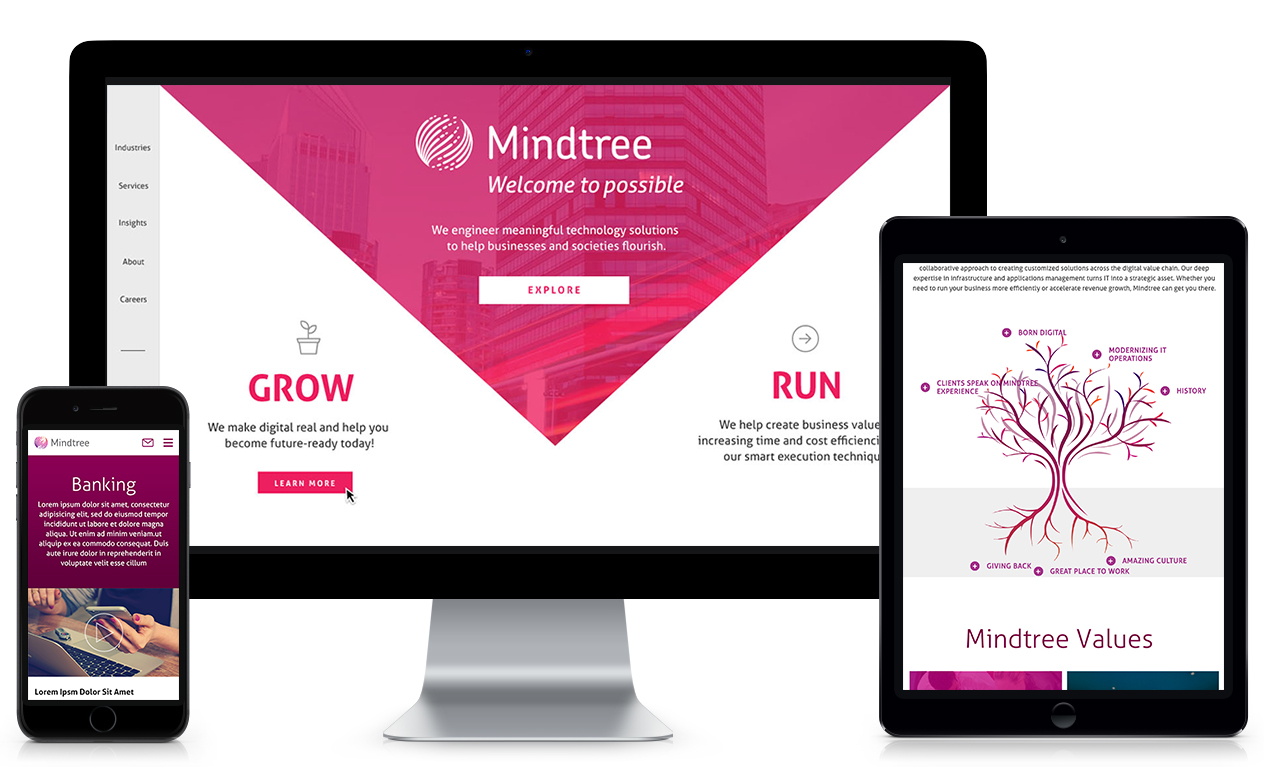
Steps to Get Started
For firms ready to bridge the gap, taking the first steps toward a hybrid marketing strategy can be streamlined with a structured approach:
- Conduct an Audit: Evaluate your current marketing efforts to identify gaps where digital tactics can complement traditional methods. Determine which areas are underperforming or could benefit from digital reinforcement.
- Identify Digital Opportunities: Consider where digital channels could amplify existing strengths. If your firm excels in thought leadership, start by building a content marketing program. If networking is central to your success, explore how LinkedIn advertising or webinars can enhance your reach.
- Set Clear Goals: Establish measurable goals for each digital channel, whether it’s to increase brand awareness, generate leads, or boost client engagement. Goals help justify the investment in digital and serve as benchmarks for success.
- Take a Phased Approach: Transitioning from traditional to digital is a journey. Consider rolling out digital initiatives in phases to ensure that each step is manageable and measurable. Start with a pilot project, gather feedback, and make adjustments before expanding.
- Commit to Continuous Improvement: Digital marketing requires adaptability. Regularly review data from campaigns, client interactions, and feedback to refine your approach and ensure alignment with both traditional values and digital expectations.
Embracing a Hybrid Future
For professional services firms, the shift to digital marketing represents an evolution in how they connect with and engage clients. By adopting a balanced approach, firms can preserve the strengths of traditional marketing while leveraging the efficiency and reach of digital methods. Ultimately, a hybrid strategy enhances relationships, drives engagement, and positions firms for long-term success in an increasingly digital world. Transitioning may feel challenging, but the rewards of a thoughtful blend of traditional and digital are well worth the effort.
Ready to take your marketing to the next level? Contact Bluetext today to learn how we can help you seamlessly bridge the gap between traditional and digital marketing.
In the subscription-based world of Software as a Service (SaaS), success hinges not only on acquiring new customers but also on retaining them. With recurring revenue as the backbone of the SaaS business model, retaining customers and reducing churn are critical for long-term growth and profitability. This blog explores key retention-focused marketing strategies that SaaS companies can adopt to foster customer loyalty, ensure continued engagement, and drive long-term success.
Understanding the Importance of Retention in SaaS
Retention is more than just keeping a customer—it’s about nurturing a relationship that continues to deliver value over time. Unlike traditional software sales, where the primary focus is on the initial purchase, SaaS companies thrive on recurring subscriptions. This makes retention a crucial metric. Not only does a high retention rate contribute to a stable revenue stream, but it also reflects customer satisfaction and the perceived value of the product.
Retained customers are more likely to become brand advocates, offering valuable word-of-mouth marketing and contributing to organic growth. Moreover, it costs significantly less to retain existing customers than to acquire new ones, emphasizing the economic advantages of a retention-focused strategy.
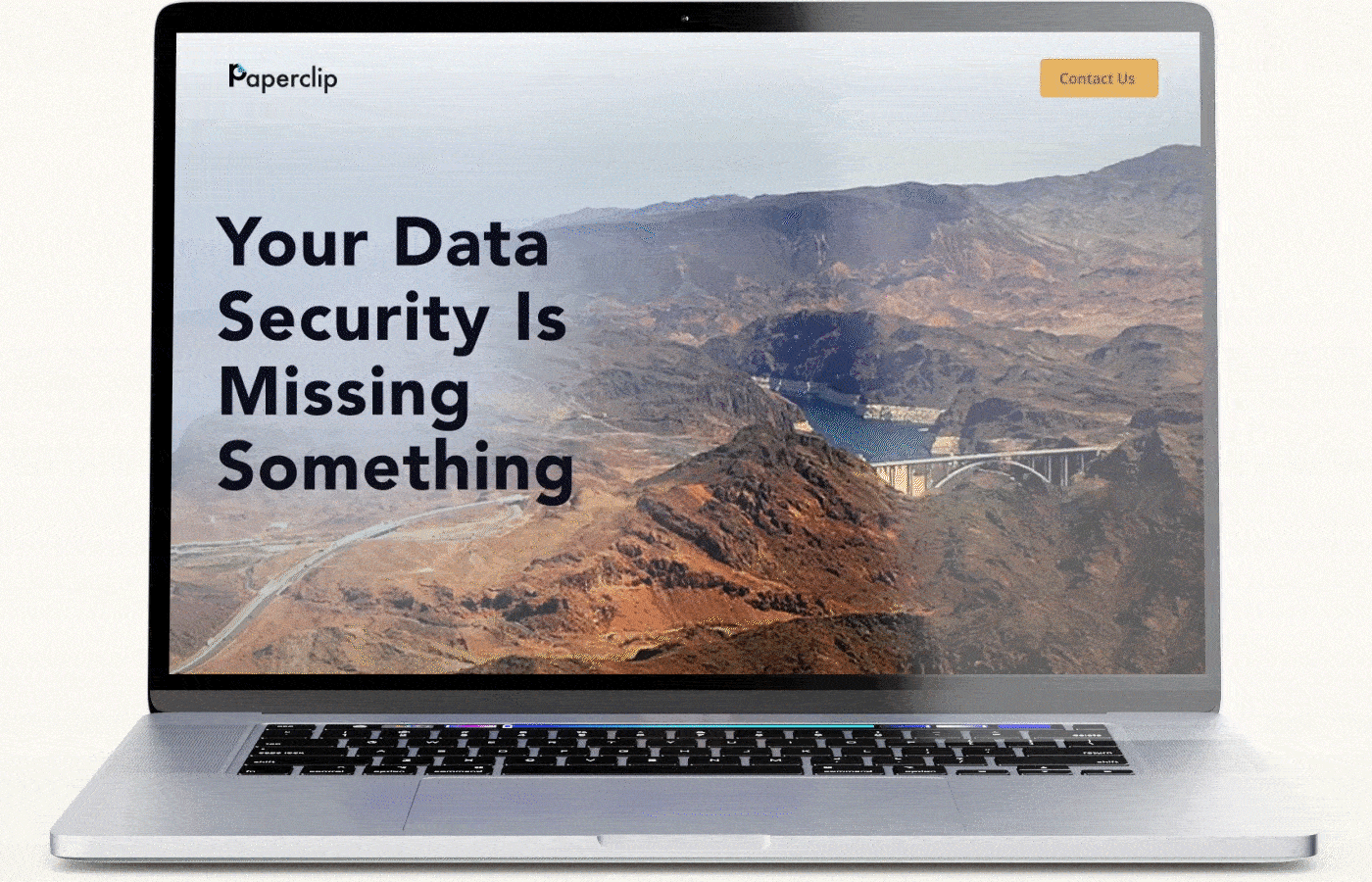
Crafting a Customer-Centric Onboarding Experience
The foundation of effective retention starts with onboarding. A seamless, intuitive onboarding experience ensures that new customers can quickly realize the value of the SaaS product. This critical phase sets the tone for the entire customer journey.
To optimize onboarding:
- Personalization is key: Tailor the onboarding process based on the customer’s industry, company size, or specific use case.
- Interactive guides and tutorials: Provide step-by-step instructions through interactive elements that help users become familiar with the software.
- Dedicated customer success teams: Assign customer success managers to guide new clients, address questions, and provide proactive support.
The goal is to minimize time-to-value (TTV)—the period it takes for customers to see the benefits of your software—and to set the stage for long-term engagement.
Leveraging Data-Driven Personalization for Engagement
In the subscription economy, personalization is essential for maintaining customer engagement. By leveraging data analytics, SaaS companies can gain deep insights into user behavior, preferences, and pain points, enabling them to tailor their offerings and communications.
Key strategies for data-driven personalization include:
- Behavioral triggers: Use in-app behavior to trigger personalized messages or recommendations. For instance, if a user frequently accesses a specific feature, provide advanced tips or related functionalities to deepen their usage.
- Segmented communication: Divide your customer base into segments based on factors like usage patterns, engagement levels, or industry. Craft targeted marketing messages that address the specific needs and goals of each segment.
- Feedback loops: Implement mechanisms for collecting user feedback regularly, using surveys, in-app prompts, or direct outreach. This helps in refining the product and demonstrating that customer input drives improvements.
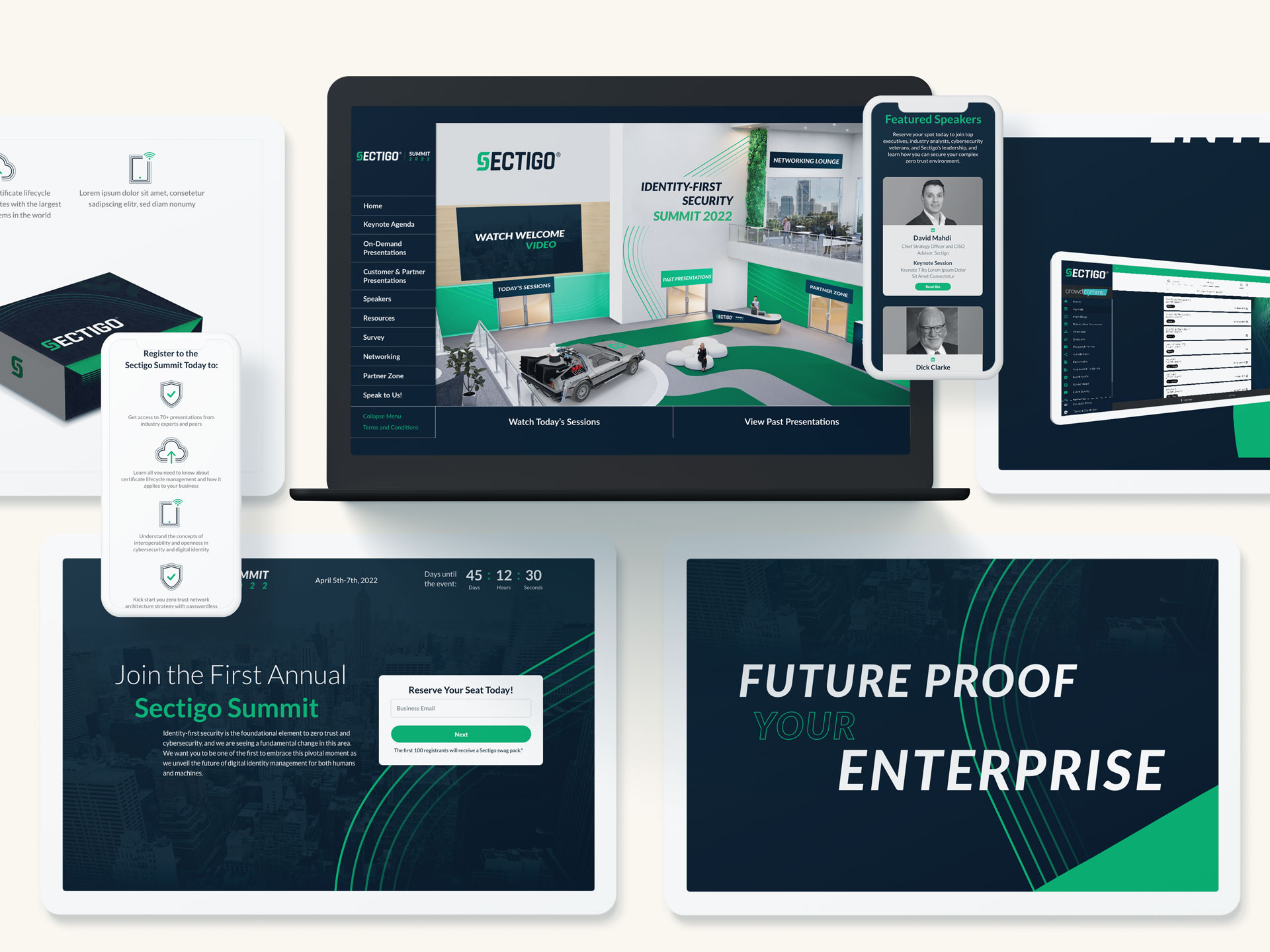
Implementing Customer Success Programs
Customer success programs are vital for maintaining ongoing engagement and ensuring that customers derive consistent value from the SaaS product. These programs are proactive, aiming to anticipate customer needs and address potential issues before they lead to churn.
Components of a successful customer success program:
- Regular check-ins: Schedule periodic reviews to discuss the customer’s goals, challenges, and how the software is helping achieve them.
- Educational resources: Provide access to webinars, training sessions, and resource libraries that help customers maximize their use of the product.
- Success metrics tracking: Collaborate with customers to define success metrics, track progress, and celebrate milestones.
Customer success teams act as a bridge between the SaaS company and its users, reinforcing the value of the subscription and cultivating loyalty.
Enhancing Product Value Through Continuous Innovation
In a competitive SaaS landscape, continuous product innovation is crucial for retaining customers. Regular updates, new features, and improvements demonstrate a commitment to delivering value and keeping pace with evolving customer needs.
To foster continuous innovation:
- Customer feedback integration: Actively incorporate customer feedback into the product development cycle. This not only improves the product but also shows customers that their input is valued.
- Transparent communication: Keep customers informed about upcoming features, updates, and improvements through newsletters, blog posts, or in-app notifications.
- Beta programs: Involve customers in beta testing for new features, creating a sense of ownership and investment in the product’s evolution.
By consistently enhancing the product, SaaS companies can prevent customer fatigue and maintain excitement around their offerings.

Utilizing Loyalty Programs and Incentives
Loyalty programs and incentives can be effective tools for encouraging long-term customer engagement. These programs reward users for continued subscription and usage, fostering a deeper connection with the brand.
Examples of loyalty initiatives include:
- Referral bonuses: Offer incentives for customers who refer new users, turning satisfied customers into active promoters.
- Usage-based rewards: Provide rewards or recognition for customers who consistently use the product or achieve certain milestones, reinforcing positive behavior.
- Tiered loyalty programs: Create a tiered system where customers can unlock additional benefits or features based on their subscription tenure or engagement level.
Such programs not only enhance retention but also contribute to customer satisfaction and brand loyalty.
Measuring and Reducing Churn
Retention efforts must be complemented by a strong focus on measuring and understanding churn. By identifying the reasons why customers leave, SaaS companies can take targeted actions to reduce churn rates.
Key strategies for managing churn:
- Churn analysis: Regularly analyze churn data to identify patterns and common reasons for cancellation.
- Exit interviews: Conduct interviews or surveys with customers who cancel to gain insights into their decision.
- Win-back campaigns: Develop campaigns aimed at re-engaging lost customers, offering special incentives or addressing previous concerns.
Continuous improvement in churn management can significantly impact overall retention rates, ensuring long-term sustainability for SaaS businesses.
Building a Retention-Driven SaaS Strategy
Retention is the cornerstone of success in the subscription economy. By focusing on personalized engagement, continuous innovation, and proactive customer success, SaaS companies can build lasting relationships with their customers. These strategies not only improve retention but also contribute to a healthier bottom line and a stronger brand reputation.
The healthcare industry is undergoing a digital revolution, with technology increasingly central to patient care, data management, and hospital operations. For healthcare technology firms, this transformation presents a unique opportunity to connect with hospitals, clinics, and healthcare networks. However, breaking through to this market demands a targeted approach that emphasizes trust, addresses sector-specific needs, and communicates real-world value. This post dives into actionable strategies for reaching B2B healthcare audiences and building partnerships that support the industry’s vital mission.
Understanding the B2B Healthcare Landscape
Unlike many other B2B sectors, the healthcare market is defined by strict regulations, a focus on patient outcomes, and multi-layered decision-making processes. Stakeholders in hospitals and healthcare networks are cautious about adopting new technology, primarily because of high-stakes concerns around patient safety, data privacy, and operational compatibility. To successfully navigate this landscape, healthcare technology firms need a deep understanding of these priorities and a commitment to building trust.
A critical first step is to recognize that decision-makers, from C-suite executives to department heads, are evaluating technology not only for its features but also for its ability to integrate seamlessly into existing infrastructures and improve long-term patient outcomes. Demonstrating an awareness of industry pain points—such as budget constraints, regulatory requirements, and the need for interoperability—sets a strong foundation for engaging these audiences.
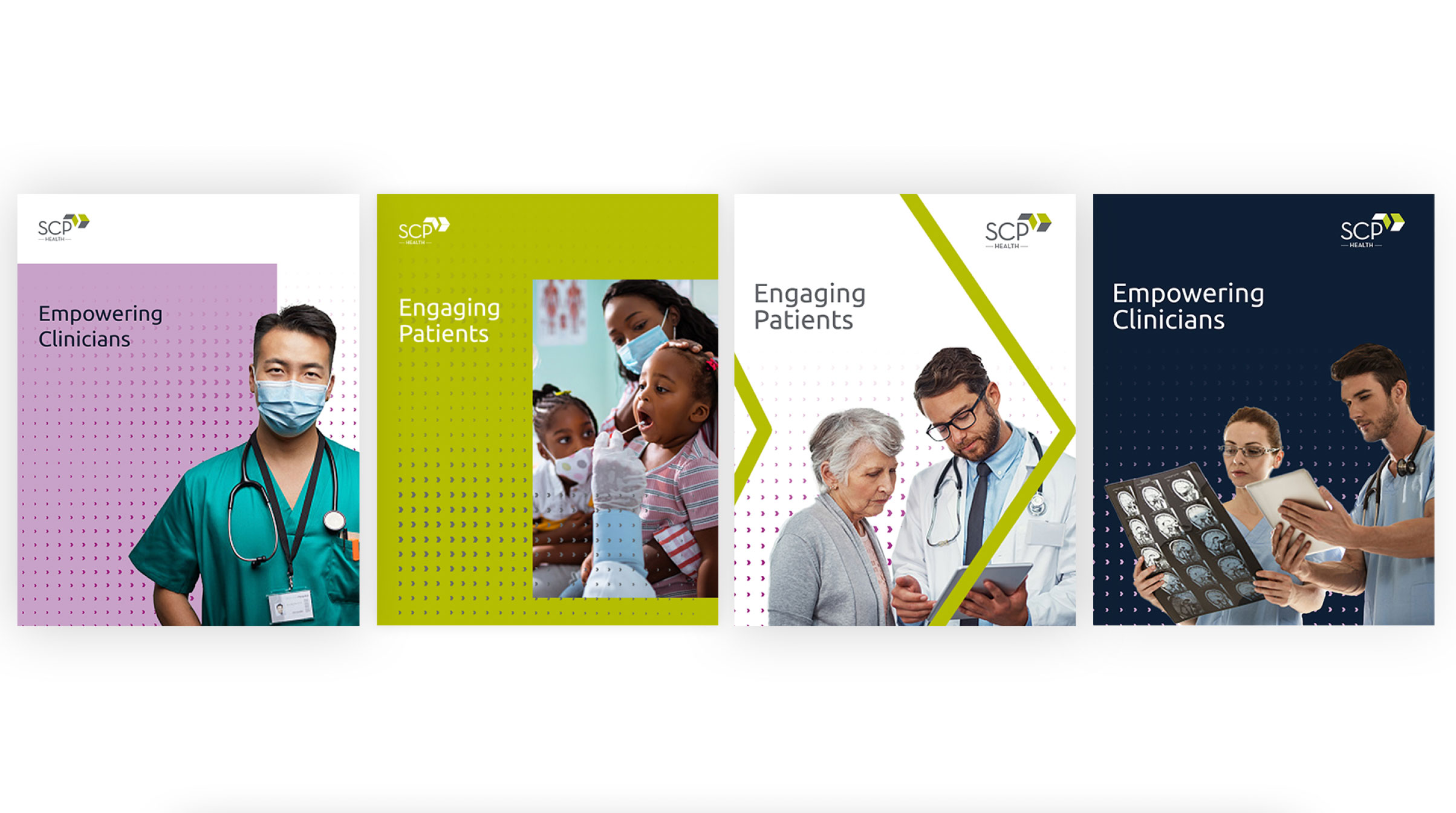
Crafting Relevant Messaging for Healthcare Audiences
Effective healthcare marketing begins with messaging that speaks directly to healthcare providers’ specific concerns. Hospitals, clinics, and healthcare networks are focused on improving patient outcomes, reducing costs, and ensuring compliance with regulations. Marketing content that emphasizes these values will resonate far more than generic tech-driven language.
To appeal to healthcare professionals, highlight how your solution addresses critical challenges. For instance, a data analytics platform for hospitals might prioritize HIPAA compliance, seamless integration with electronic health records (EHR) systems, and real-time patient monitoring. Position your product as a partner in improving patient care rather than just another tech solution. Including testimonials, case studies, or data points that underscore proven results can enhance credibility and illustrate tangible benefits.
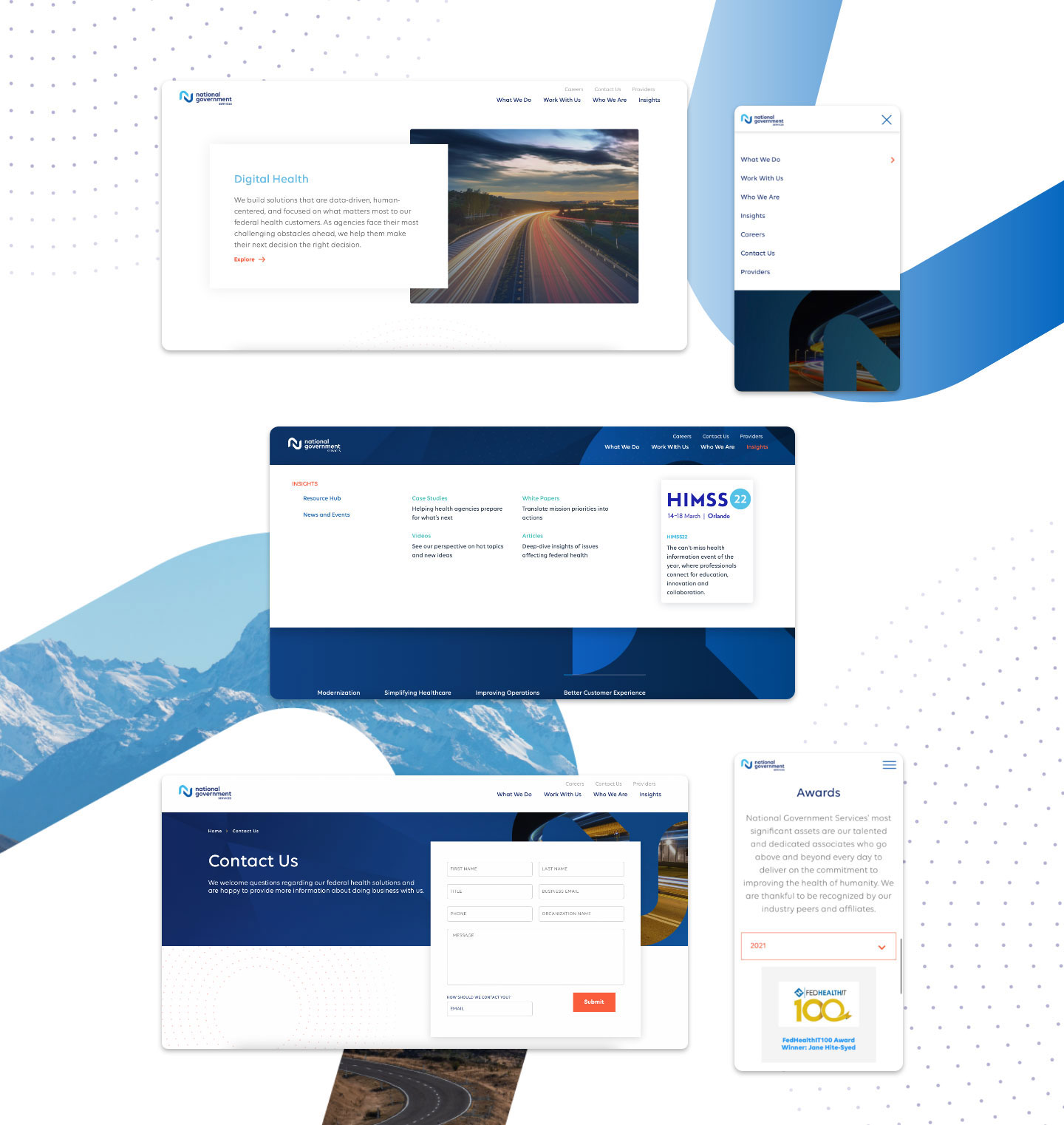
Building Digital Marketing Channels for Maximum Reach
Reaching healthcare decision-makers requires a strategic selection of digital channels, as traditional B2B approaches may not have the same impact. LinkedIn is essential for healthcare marketing, as it’s where professionals actively engage with industry-specific content. Utilize LinkedIn’s advanced targeting to reach executives, department heads, and procurement professionals who play a role in tech adoption decisions.
In addition to LinkedIn, hosting webinars tailored to the healthcare industry allows potential clients to engage with your product directly. Consider creating webinars focused on regulatory compliance, cost savings, or enhanced patient care enabled by your technology. This format not only provides an opportunity to answer questions in real-time but also builds trust by demonstrating your team’s knowledge of healthcare needs.
Email campaigns remain highly effective but should be crafted carefully to avoid information overload. Segmenting email lists by role—such as clinical leadership, IT administrators, and procurement officers—enables you to send tailored content that speaks to each audience’s specific priorities. Whitepapers and in-depth case studies can also be promoted through email, providing a resource that healthcare professionals can review at their own pace.
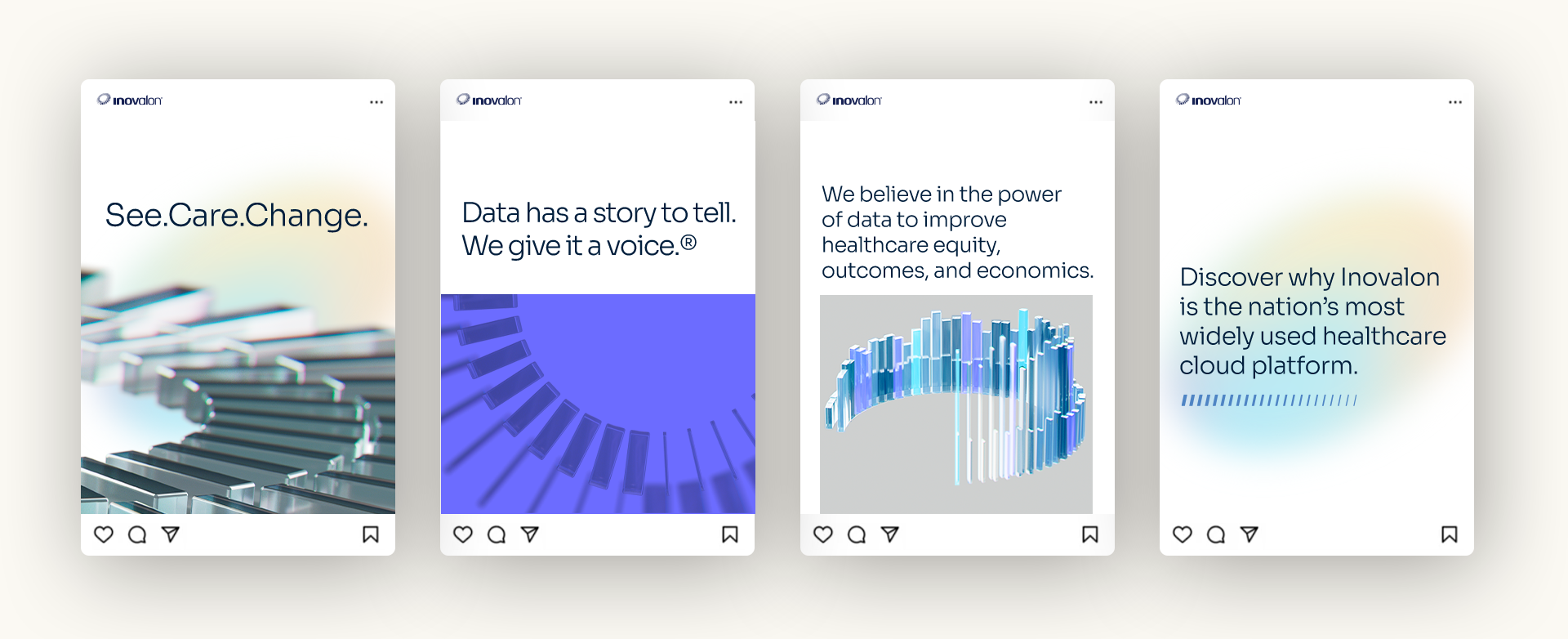
Leveraging Thought Leadership and Content Marketing
In healthcare marketing, establishing authority through thought leadership is critical. Thought leadership shows that your brand is not only knowledgeable but committed to contributing to the broader conversation around healthcare improvements. Regularly publishing informative, research-backed content—whether through blogs, industry journals, or social media—can help position your firm as an industry authority.
To create impactful thought leadership, address current healthcare challenges in your content, such as data security concerns, the shift toward value-based care, or the role of artificial intelligence in diagnostics. Collaborating with healthcare professionals for interviews, insights, or guest articles can also lend credibility and provide authentic perspectives that resonate with readers.
Whitepapers, case studies, and research reports are particularly valuable, as healthcare decision-makers tend to rely on in-depth analysis when considering new solutions. Distributing these materials on your website, via email campaigns, or through targeted LinkedIn ads can increase visibility among your ideal audience.
Optimizing for Mobile and Digital Health Trends
Healthcare professionals are increasingly reliant on mobile technology, both for patient interactions and professional information. Marketing content optimized for mobile devices can make a substantial difference in engagement, as busy healthcare professionals often access information on the go. Mobile-friendly design, short-form video content, and infographics cater to these needs by providing digestible, quick-access information.
Digital health trends, such as telemedicine and wearable health tech, are on the rise and impacting how healthcare organizations approach patient care. By aligning your marketing strategy with these trends, your brand can present itself as forward-thinking and attuned to the future of healthcare. For instance, case studies that explore successful telehealth implementations can resonate with hospitals considering similar initiatives.
Consider creating educational resources that highlight how your technology aligns with these digital trends. By positioning your product as an enabler of mobile and digital health solutions, you appeal to organizations focused on meeting modern healthcare demands.
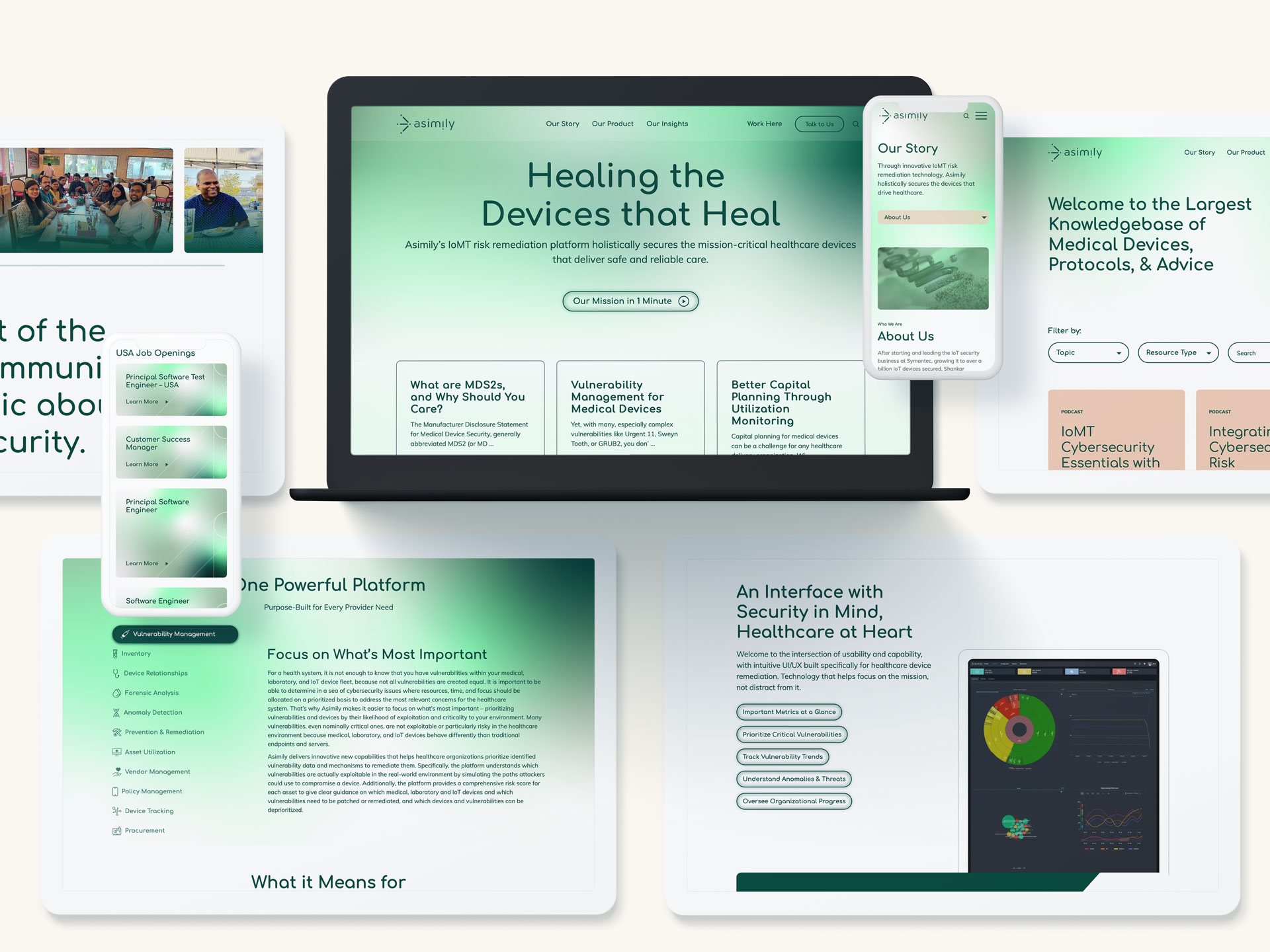
Measuring and Adapting Strategies
For healthcare marketers, data-driven insights are essential for refining strategies and proving ROI. Measuring metrics like lead generation, engagement rates, and conversions can shed light on what resonates with healthcare audiences and where adjustments are necessary. Establish a feedback loop that gathers insights from sales teams, client feedback, and industry developments to continuously optimize your approach.
In addition to quantitative metrics, qualitative feedback from healthcare clients can provide invaluable insight. Healthcare technology is a fast-evolving field, and understanding the specific preferences and pain points of your target audience helps you stay ahead of the curve. Regularly reviewing and adapting your strategies based on these insights demonstrates your firm’s commitment to understanding and meeting the needs of healthcare providers.
Building Lasting Connections in Healthcare Marketing
As healthcare technology continues to evolve, the opportunities to create lasting connections with hospitals, clinics, and healthcare networks will only expand. With the right approach—rooted in credibility, tailored messaging, and an understanding of industry trends—healthcare marketers can effectively reach and resonate with their target audiences. Adopting a digital-first mindset and embracing mobile, data-driven strategies will further enhance your ability to engage this essential market.
As the marketing landscape continues to evolve at a breakneck pace, businesses must look ahead to stay competitive in the years to come. By 2025, the strategies that once worked will need to be adapted to meet new expectations and leverage emerging technologies. From AI-driven personalization to sustainability in brand messaging, the future of marketing will be shaped by innovation, agility, and a deep understanding of consumer preferences.
In this blog, we’ll explore the key trends that will drive marketing success in 2025 and provide actionable steps businesses can take today to future-proof their marketing efforts.
The Power of AI-Driven Personalization
Artificial intelligence (AI) is transforming marketing by enabling hyper-personalized customer experiences at scale. AI tools can analyze vast amounts of customer data, allowing brands to predict behavior, deliver tailored content, and create highly relevant recommendations. This level of personalization not only enhances customer satisfaction but also fosters brand loyalty.
For instance, companies like Netflix and Amazon have mastered the art of AI-driven personalization, delivering content and product recommendations based on user preferences and behavior. As we approach 2025, consumers will expect this kind of personalized experience from every brand they interact with.
Actionable Step: Invest in AI-powered marketing tools that allow you to gather and analyze customer data effectively. Start by integrating AI into your email marketing, content delivery, and e-commerce platforms to offer personalized recommendations and improve engagement.
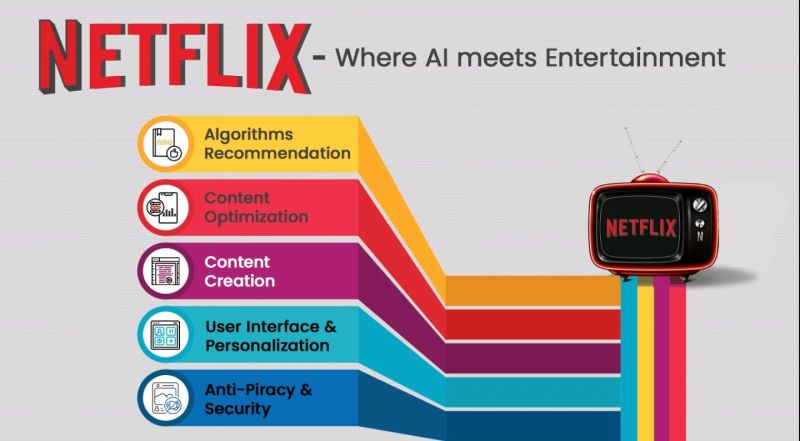
Omnichannel Customer Experiences
In 2025, the line between online and offline experiences will blur even further, with customers expecting seamless interactions across multiple touchpoints. An omnichannel marketing strategy ensures that no matter where your audience engages with your brand—whether it’s through social media, email, in-store, or mobile apps—the experience feels unified and consistent.
Leading brands are already embracing omnichannel strategies to create frictionless experiences. For example, Starbucks’ mobile app integrates with in-store interactions, allowing customers to order ahead, earn rewards, and pay seamlessly. This kind of cohesive approach will be crucial to staying competitive.
Actionable Step: Begin mapping out your customer journey to identify where your audience engages with your brand. Develop a strategy that ensures a consistent brand message and customer experience across all platforms and devices.
Embracing Sustainability in Brand Messaging
As consumers become more socially conscious, sustainability is no longer a nice-to-have but a necessity for brands looking to build trust and loyalty. By 2025, sustainability will be a key driver of purchase decisions, with customers seeking out brands that align with their values, particularly regarding environmental and ethical concerns.
Brands like Patagonia and Allbirds have built their entire ethos around sustainability, and their transparent, eco-friendly practices resonate deeply with today’s consumers. As environmental concerns grow, incorporating sustainability into your marketing messaging will become even more critical.
Actionable Step: Assess your brand’s current sustainability efforts and look for ways to authentically integrate these values into your marketing. Share your sustainability initiatives openly, whether through product development, sourcing, or corporate social responsibility.

Investing in Data Analytics for Better Decision-Making
Data will continue to be the lifeblood of effective marketing strategies in 2025. Brands that harness the power of data analytics will be better equipped to make informed decisions, predict trends, and tailor their campaigns to meet customer expectations. The ability to access real-time insights and predictive analytics will set top performers apart from the competition.
However, with the rise of data privacy regulations, businesses must also be mindful of how they collect and use customer data. Ethical data practices will be critical in building trust with consumers who are increasingly concerned about privacy.
Actionable Step: Invest in advanced data analytics tools and teams to improve your ability to make data-driven decisions. Ensure your data collection processes are transparent and ethical, and prioritize data security to build consumer trust.
Refining Digital Transformation Strategies
Digital transformation isn’t a one-time event—it’s an ongoing process that must evolve alongside new technologies and customer behaviors. As we look toward 2025, businesses that remain agile and continue to refine their digital transformation strategies will be better positioned to succeed.
Mobile-first approaches, automation, and digital agility will be essential in delivering the seamless experiences customers expect. Brands that fail to evolve their digital capabilities risk falling behind competitors who embrace the latest innovations in digital marketing.
Actionable Step: Continuously assess your digital channels and invest in technologies that enable you to deliver personalized, mobile-first experiences. Stay on top of emerging trends and be prepared to pivot your digital strategies as needed.
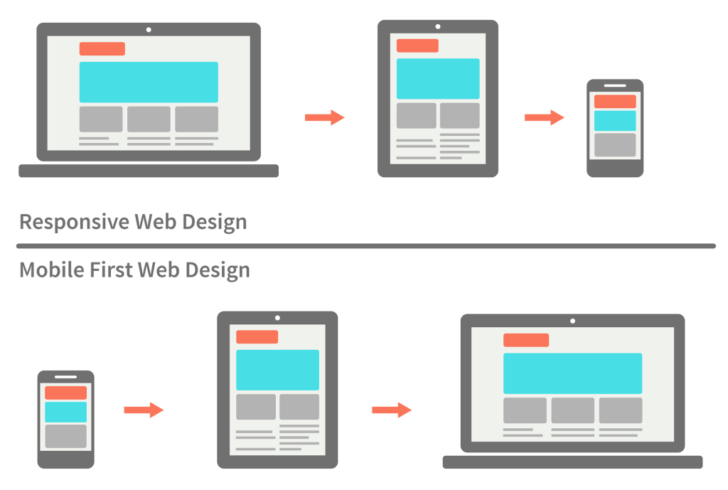
Embracing Ethical Marketing Practices
In 2025, consumers will increasingly favor brands that operate with transparency, inclusivity, and ethical values. Ethical marketing goes beyond avoiding misleading ads—it’s about building long-term trust through honesty, accountability, and a commitment to doing good.
Brands that embrace ethical marketing practices will resonate more deeply with today’s socially conscious consumers. This includes promoting diversity and inclusion, supporting social causes, and being transparent about business practices.
Actionable Step: Review your marketing practices and ensure they align with ethical standards. Be transparent about your brand’s values, and show genuine support for causes that matter to your audience. This will help build long-term loyalty and trust with your customers.
Agility and Innovation: The Cornerstones of Future Marketing
The future of marketing belongs to brands that can adapt quickly to change and foster a culture of innovation. Whether it’s responding to new consumer behaviors, pivoting during a crisis, or leveraging emerging technologies, agility will be key to staying competitive in 2025.
Agile marketing allows teams to iterate quickly, test new ideas, and respond to real-time feedback. Brands like Spotify and Nike have shown how an agile approach enables them to stay ahead of trends and maintain a strong connection with their audience.
Actionable Step: Build an agile marketing team by fostering a culture of experimentation and innovation. Encourage your team to test new ideas, iterate quickly, and adapt to changes in the marketplace.
Take the First Steps Toward Future-Proofing Your Marketing
As the marketing landscape continues to evolve, businesses that embrace AI-driven personalization, omnichannel experiences, sustainability, and ethical marketing will be well-positioned for success in 2025. But to stay competitive, brands must also remain agile and open to innovation.
Contact Bluetext today to start future-proofing your marketing strategies and ensure your brand is ready to thrive in the years to come.
In today’s hyper-competitive market, Software-as-a-Service (SaaS) companies are often challenged to scale quickly and globally. While this growth presents immense opportunities, it also requires an equally robust content marketing strategy that can adapt and thrive across diverse markets. Developing a scalable content marketing framework is key to ensuring your messaging resonates with a global audience while maintaining consistency and efficiency.
In this post, we’ll explore how to create scalable content marketing frameworks that drive global growth for SaaS companies, from building a foundation to leveraging automation and cross-functional collaboration.
Why a Scalable Framework is Key for Global SaaS Growth
For SaaS companies, scalability isn’t just a technical or product-related goal—it applies to marketing as well. Content plays a crucial role in driving awareness, engagement, and conversion throughout the customer journey. However, scaling this content globally presents unique challenges. How can a company ensure a consistent brand voice while localizing content for different regions and cultures? How do you manage the sheer volume of content needed to reach multiple markets?
A scalable content marketing framework solves these challenges by creating a structure that allows for growth while maintaining efficiency. Such a framework ensures that content can be easily adapted, replicated, and distributed across multiple regions while still meeting local market demands.
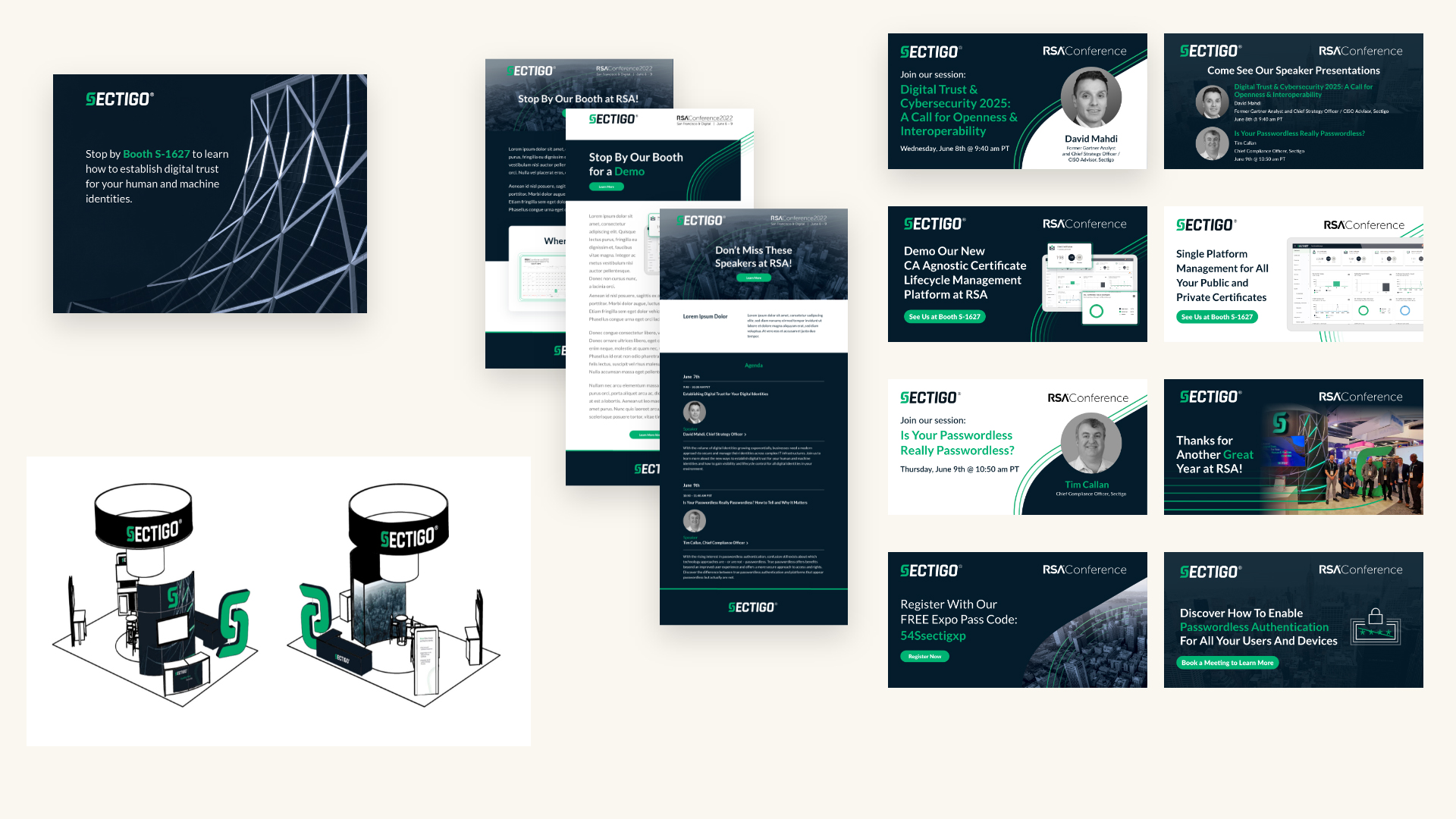
Developing a Scalable Content Marketing Framework
Creating a scalable content marketing framework starts with a solid foundation that supports global and local efforts. Here are the key components:
1. Building Blocks for Scalability
- Core Messaging: Your brand’s core messaging and value proposition must be clearly defined and consistent across all markets. This includes identifying key themes, target audience pain points, and the benefits your product provides. Ensure this messaging is flexible enough to be adapted to different cultural contexts.
- Content Pillars: Establish core content pillars that reflect your SaaS product’s benefits and use cases. These pillars should guide the creation of evergreen content (such as blog posts, guides, and whitepapers) that can be repurposed for different regions with minor adjustments.
- Templates and Modular Content: Build templates for common content types like case studies, blog posts, landing pages, and emails. Modular content allows you to maintain consistency across global markets while making localized tweaks to suit regional preferences.
2. Localization Without Losing Brand Consistency
One of the key challenges for global SaaS companies is balancing the need for consistent brand messaging with the nuances of different regions. A scalable framework allows for localization while retaining the essence of your brand.
- Localized Content Strategy: Develop content that is tailored to each region’s language, cultural nuances, and business environment. For example, what resonates with audiences in the U.S. may need to be adapted for European or APAC markets in terms of tone, references, and even the types of content that perform best.
- Maintain a Unified Brand Voice: Ensure your global team understands the importance of a consistent brand voice. Even as content is localized, the core values and personality of your brand should remain intact. This is especially critical when working with regional content creators or agencies.
3. Content for Every Stage of the Customer Journey
To effectively scale content marketing, it’s essential to map content creation to each stage of the SaaS customer journey—from awareness to purchase, onboarding, and retention. A well-planned framework ensures you produce content that not only generates leads but also supports customer success and reduces churn.
- Awareness Stage: Educational content such as blog posts, guides, and videos that introduce prospects to your product’s value. These pieces can be easily localized and repurposed globally.
- Consideration Stage: More in-depth content like case studies, webinars, and whitepapers that help potential customers evaluate your product’s fit for their needs.
- Decision Stage: Content that addresses specific objections or product comparisons. At this stage, localized versions of case studies and testimonials can be extremely effective.
- Retention Stage: Content that supports customer success, such as user guides, product updates, and educational webinars tailored to specific regional use cases.
Leveraging Data and Automation to Scale Content
As your content efforts grow globally, manually managing and personalizing content for different markets becomes increasingly challenging. This is where data and automation come into play.
- Data-Driven Insights: Use analytics to track the performance of content across different markets and regions. This data can guide your content strategy, helping you understand what works best in each location and refining your approach over time.
- Automation Tools: Content management systems (CMS) and marketing automation platforms are critical for scaling efficiently. Automation allows you to streamline content distribution, enabling you to schedule and deploy content across multiple channels and regions simultaneously. It also helps personalize content at scale, so your audience receives relevant messaging without the need for manual intervention.
- Personalization at Scale: While global consistency is essential, personalized content resonates more with audiences. Leverage automation tools to create personalized experiences that align with the customer’s location, industry, and stage in the buyer’s journey. This ensures a relevant and engaging experience, even at scale.
Collaborating with Cross-Functional Teams
Scaling content marketing globally requires close collaboration across departments, from marketing and sales to customer success. When these teams are aligned, your content can better support each stage of the customer lifecycle, from lead generation to customer retention.
- Sales Alignment: Collaborate with sales teams to ensure content addresses the needs and objections they encounter in conversations with prospects. Sales can also provide insights into regional differences in buyer behavior, which is crucial for localized content.
- Customer Success Integration: Your content doesn’t stop after a customer signs up. Work closely with the customer success team to develop content that helps onboard, educate, and retain customers. This includes user guides, product tutorials, and tailored educational materials.
- Internal Stakeholders: Engage internal stakeholders, such as regional marketing teams, to ensure that content not only aligns with global goals but also meets the unique needs of each market. Having buy-in from regional teams ensures smoother localization and implementation.
Measuring the Success of a Scalable Content Marketing Framework
To ensure your content marketing framework is effective, it’s important to establish clear metrics for success. These metrics will vary depending on the goals of your content strategy but often include:
- Content Performance: Track engagement metrics such as page views, time on page, and social shares to evaluate which content resonates most with your audience.
- Lead Generation: Monitor how effectively your content is driving qualified leads across different regions.
- Conversion Rates: Measure the impact of your content on conversion rates, from leads to paying customers.
- Customer Retention: Analyze how content supports customer retention efforts, such as reducing churn or increasing product adoption.
By continuously tracking and optimizing these metrics, you can refine your content marketing framework to ensure it scales effectively as your SaaS company grows.
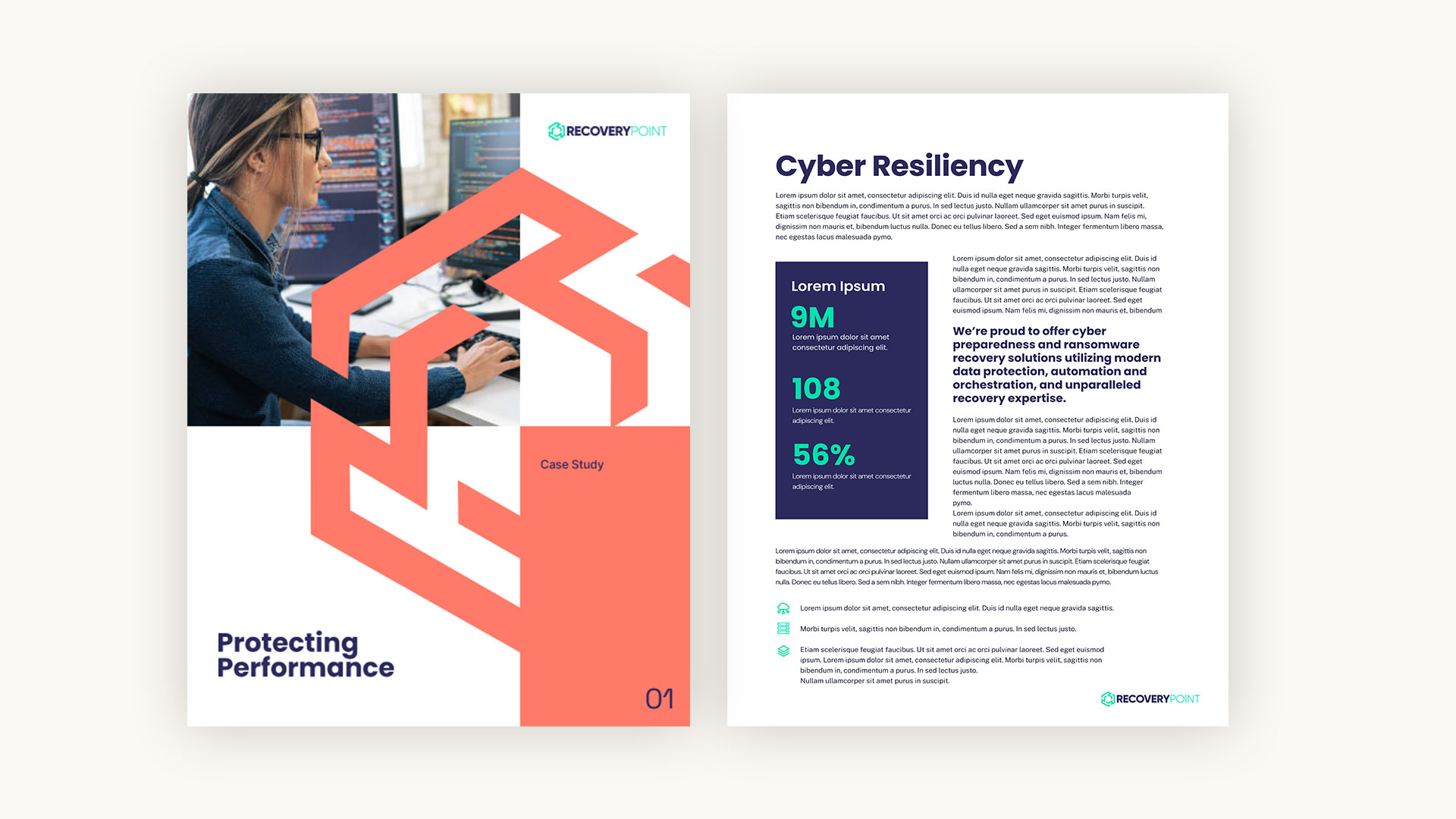
Ready to Scale Your SaaS Content Marketing Globally?
Developing a scalable content marketing framework is crucial for SaaS companies aiming for global growth. By focusing on core messaging, localization, automation, and cross-functional collaboration, you can create a framework that allows your content strategy to scale efficiently across regions, driving engagement and conversions at every stage of the customer journey.
At Bluetext, we specialize in building scalable content marketing frameworks that drive global growth for SaaS companies. From core messaging to localization and automation, we can help you create a strategy that resonates with audiences across markets while maintaining consistency.
As businesses expand their reach into international markets, they are often met with a set of unique challenges. What works for a domestic audience might not resonate, or could even offend, in another part of the world. Global marketing campaigns require an extra layer of sophistication, blending cultural awareness, regulatory compliance, and technical precision. By navigating these complexities carefully, brands can create successful international marketing strategies that truly connect with global audiences.
Understanding Cultural Sensitivity
Cultural differences are perhaps the most prominent hurdle in global marketing. What may seem like an engaging or humorous campaign in one country can easily misfire in another due to cultural norms, values, or even taboos. Cultural sensitivity is key to avoiding these pitfalls.
For instance, consider Pepsi’s 1990s campaign in Taiwan, where their slogan “Pepsi brings you back to life” was mistranslated to imply resurrection—a message that didn’t sit well with local beliefs. To prevent such missteps, it’s critical to conduct thorough cultural research, understanding not only language but symbolism, gestures, and traditions that may influence how your message is received.
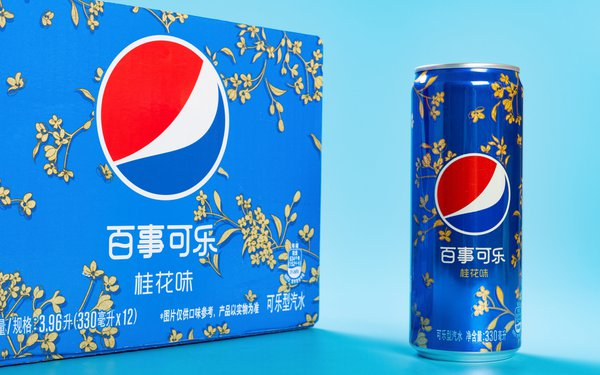
When creating global campaigns, brands should consider developing region-specific strategies that align with local traditions, lifestyles, and media preferences. This approach ensures that the campaign resonates and avoids crossing cultural boundaries.
Language and Localization
While translation is a necessary component of global marketing, localization takes it a step further. True localization involves adapting content not only in language but also in tone, context, and imagery to reflect local values. It’s not just about saying the right words but saying them in a way that connects with the audience.
For example, a brand slogan that relies on humor or slang in English may need to be rewritten to capture the same sentiment in another language. The lack of proper localization can lead to confusing or even offensive messaging, as was the case when KFC’s famous “Finger Lickin’ Good” slogan was translated to “Eat your fingers off” in China. Understanding colloquialisms and cultural references is crucial for successful localization.
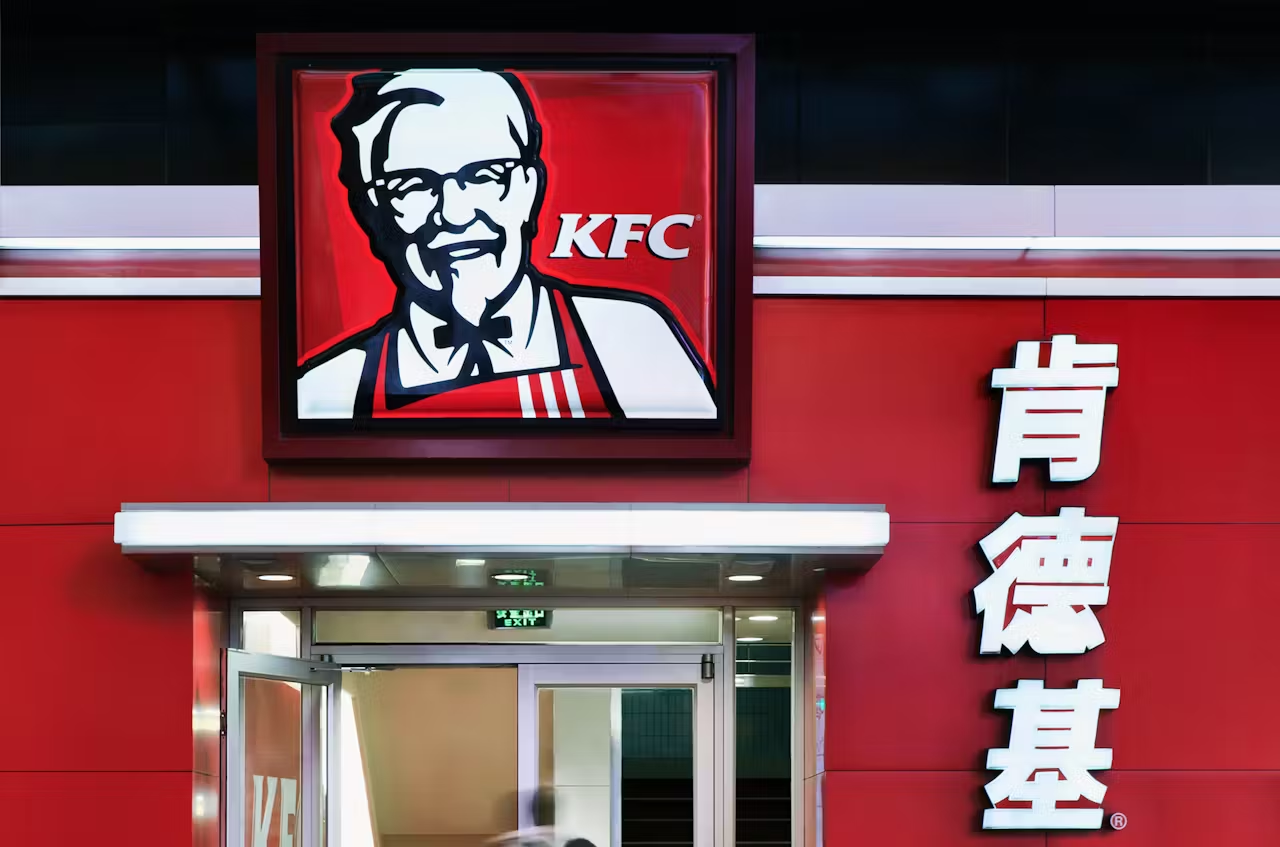
A best practice for global marketers is to work with local linguists, copywriters, and cultural consultants to ensure content not only makes sense but aligns with local preferences. Investing in a truly localized strategy can increase the effectiveness of your campaign across borders.
Navigating Regulatory Differences
One of the more complex challenges of international marketing is adhering to the varying regulations that govern advertising across regions. From data privacy laws like GDPR in Europe to different advertising standards in places like China or the Middle East, these regulations can have significant implications on how campaigns are run.
For example, the European Union’s GDPR limits how customer data can be collected and used for marketing purposes. If a campaign violates these standards, it could result in hefty fines and reputational damage. Similarly, advertising guidelines in countries like Japan or Germany may be far stricter than those in the United States, especially when it comes to claims around product benefits or competitive messaging.
To effectively navigate these challenges, global marketing teams must stay up-to-date with legal standards in each target market. Working with local legal experts or compliance officers can help ensure that campaigns are both compliant and effective.
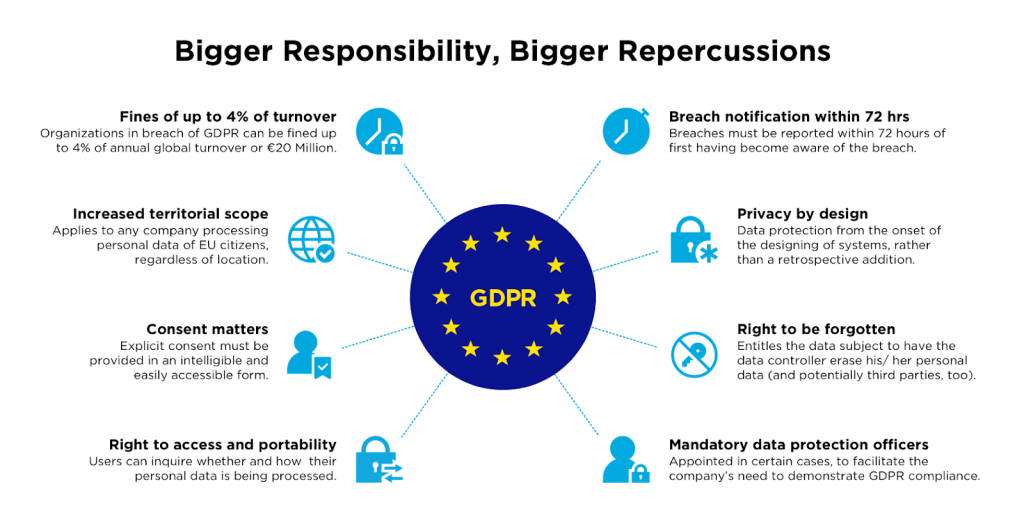
Overcoming Technical and Logistical Challenges
Beyond the cultural and regulatory complexities, there are technical and logistical barriers to global marketing campaigns. These include time zone differences, the availability of digital infrastructure, and the dominant social media platforms in each region.
For instance, while Facebook may dominate in the United States, WeChat is the primary platform in China, and WhatsApp has a strong presence in parts of Europe and Latin America. Ensuring that your campaign aligns with the preferred digital platforms in each market is critical to its success.
Additionally, managing global teams across time zones can present challenges in coordination and execution. Establishing a centralized strategy with local execution teams can help maintain consistency while allowing flexibility for localized adaptations. Communication tools like Slack, Trello, or project management platforms can bridge the gap between distributed teams, ensuring smooth coordination.
Measuring Success Across Markets
Once your campaign is live, it’s essential to measure success and refine your approach. However, measuring success in a global campaign comes with its own set of challenges. The KPIs that matter in one market may not carry the same weight in another. For example, while click-through rates may be a primary indicator of success in North America, customer engagement through chatbots or mobile apps might be more important in parts of Asia.
Using a combination of global and local performance metrics is key to understanding the full impact of your campaign. Tools like Google Analytics, HubSpot, or SEMrush allow you to track region-specific results, providing insights into what works and what needs adjustment. This iterative approach helps global campaigns evolve based on real-time data.
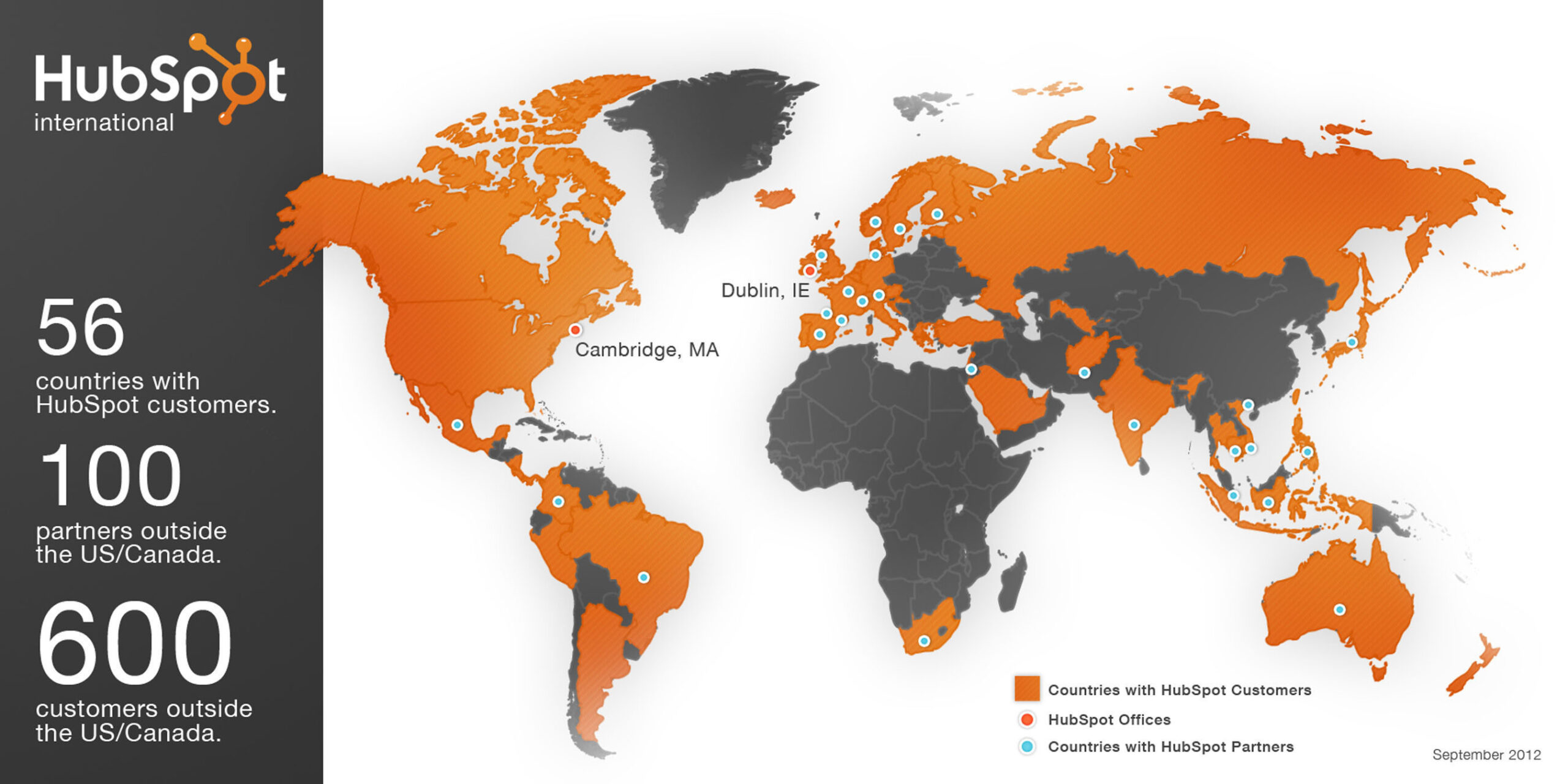
Partner with Experts for Global Success
Navigating the complexities of global marketing campaigns requires careful planning, local insights, and a flexible approach. From cultural sensitivity to regulatory compliance, the success of an international campaign depends on understanding the nuances of each market.
Partnering with Bluetext ensures that your global marketing strategy is in the hands of experts who know how to navigate these challenges. With our proven track record of executing campaigns across multiple regions, we can help you create a tailored global marketing approach that resonates with diverse audiences and drives results. Contact us today.
Securing a government contract is a game-changer for many businesses. These contracts not only provide long-term stability but also open doors to high-value projects with the potential to scale. However, the path to winning government contracts is highly competitive, requiring more than just meeting technical qualifications. Successful companies understand the importance of leveraging effective marketing strategies to position themselves as the ideal choice for government agencies.
For B2G (business-to-government) companies and private equity firms investing in this space, robust marketing is critical. In this post, we’ll explore the key marketing tactics that can help businesses win government contracts and stand out in a competitive field.
1. Understanding the Government Procurement Landscape
Navigating the government procurement process can be daunting. With complex regulations, long sales cycles, and fierce competition, companies need a clear strategy to break through the noise. Marketing plays a critical role in positioning your company as a reliable and credible partner that understands the unique needs of government agencies.
Effective marketing communicates your company’s value proposition in a way that resonates with procurement officers and government decision-makers. Whether you specialize in defense, cybersecurity, or professional services, crafting the right messaging and maintaining a strong digital presence helps your brand stand out in the crowded government marketplace.
For private equity firms investing in B2G companies, understanding how a portfolio company’s marketing strategy influences contract wins is vital. A clear, credible marketing strategy not only drives revenue growth but also increases the company’s overall value.
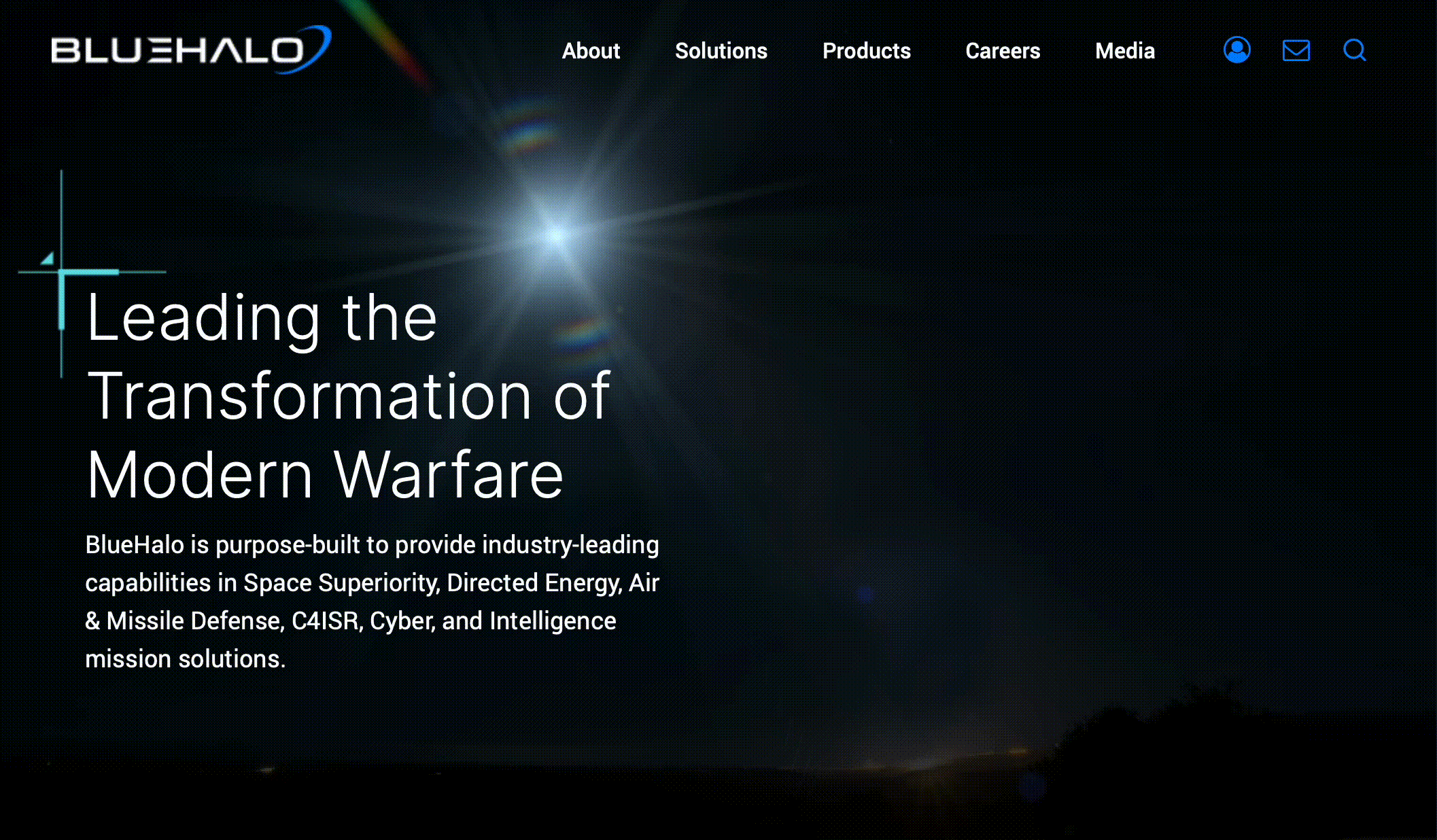
2. Targeted Outreach & Audience Segmentation
One of the most important aspects of marketing to the government is targeting the right audience. Government agencies have specific needs and decision-making processes, so it’s essential to tailor your outreach to the right individuals. This includes procurement officers, contracting officers, and agency decision-makers who hold influence over contract awards.
Using tools like audience segmentation and personalized marketing can help B2G companies identify and engage the most relevant government contacts. Tactics like email marketing, direct outreach, and even LinkedIn campaigns can help you get your message in front of the right eyes.
3. Building Credibility with Thought Leadership & Content Marketing
Credibility is crucial when marketing to the government. Procurement officers and agency leaders want to know they are choosing a contractor who understands their challenges and can deliver innovative solutions. Thought leadership and content marketing are powerful ways to establish this credibility.
B2G companies can create thought leadership content such as white papers, case studies, and webinars that demonstrate their expertise. By offering insights into industry trends, best practices, or innovative solutions, you position your company as a leader in your field. Content marketing also provides opportunities to nurture relationships with potential government clients over time.
Private equity firms benefit from investing in companies with a strong content marketing presence. These businesses are seen as industry leaders, which boosts their chances of winning contracts and increases their value in the marketplace.
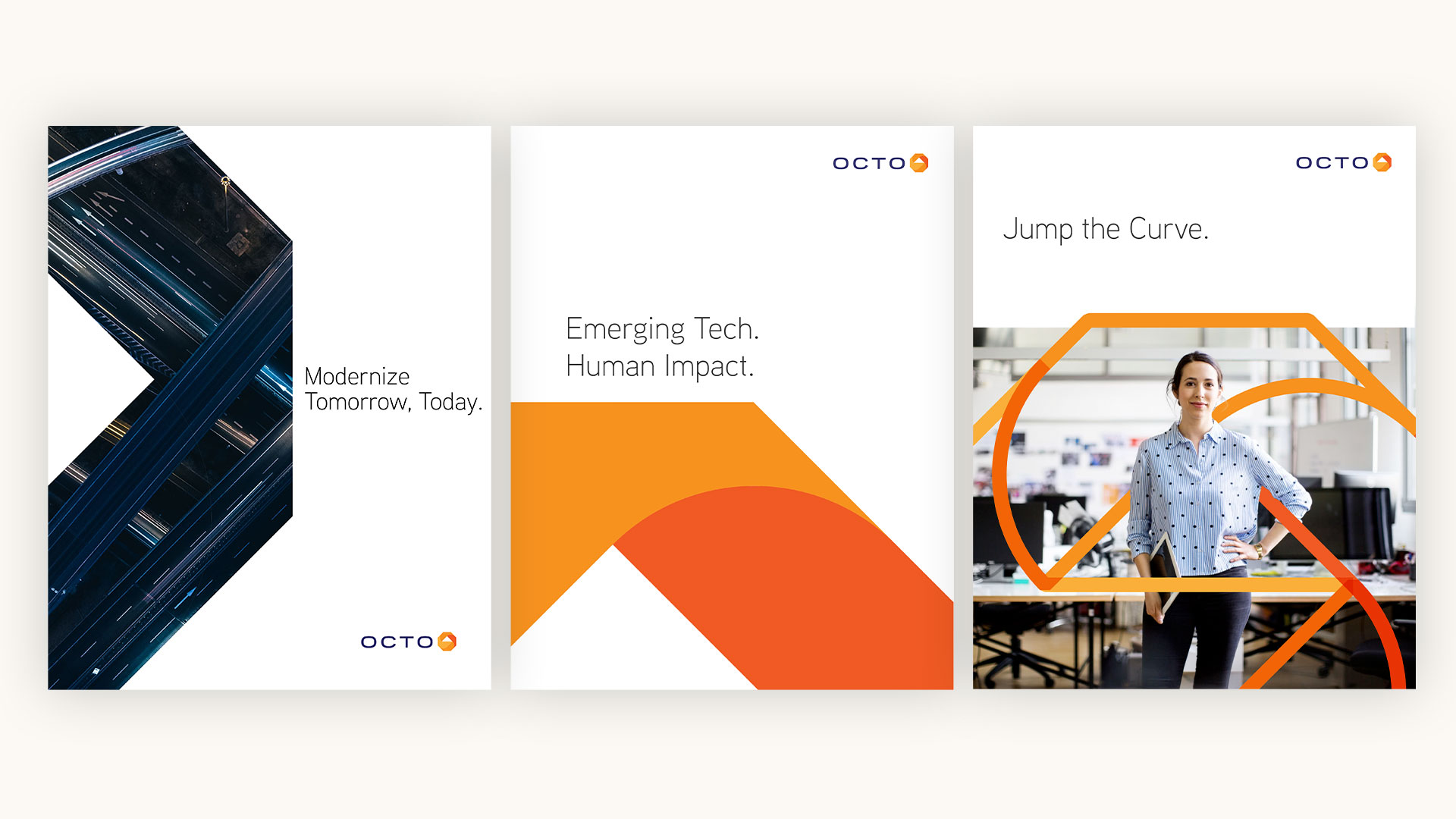
4. Leveraging Strategic Partnerships
Collaborating with other contractors or forming teaming agreements can significantly enhance your company’s competitiveness. Strategic partnerships allow you to combine strengths with other firms, making you a more attractive option for government agencies, especially for large or complex contracts.
By co-branding or collaborating on proposals, companies can present a united front that demonstrates a broader range of capabilities. Partnering with established government contractors can also add credibility, helping to reassure procurement officers that your business has the resources and expertise to handle the contract.
5. Optimizing Digital Presence for Government Audiences
A professional, well-optimized digital presence is essential when marketing to the government. Your website is often the first point of contact for procurement officers, so ensuring it is clear, easy to navigate, and up-to-date is critical. Having a strong digital footprint, from search engine optimization (SEO) to user-friendly web design, can improve your company’s visibility to government agencies.
Additionally, government decision-makers often perform thorough research before making a choice. Maintaining a consistent digital presence across platforms, including social media and industry-specific forums, helps build trust and credibility with your audience.
For private equity firms, investing in companies with optimized digital strategies ensures that these businesses are discoverable, credible, and positioned for success in government contracting.
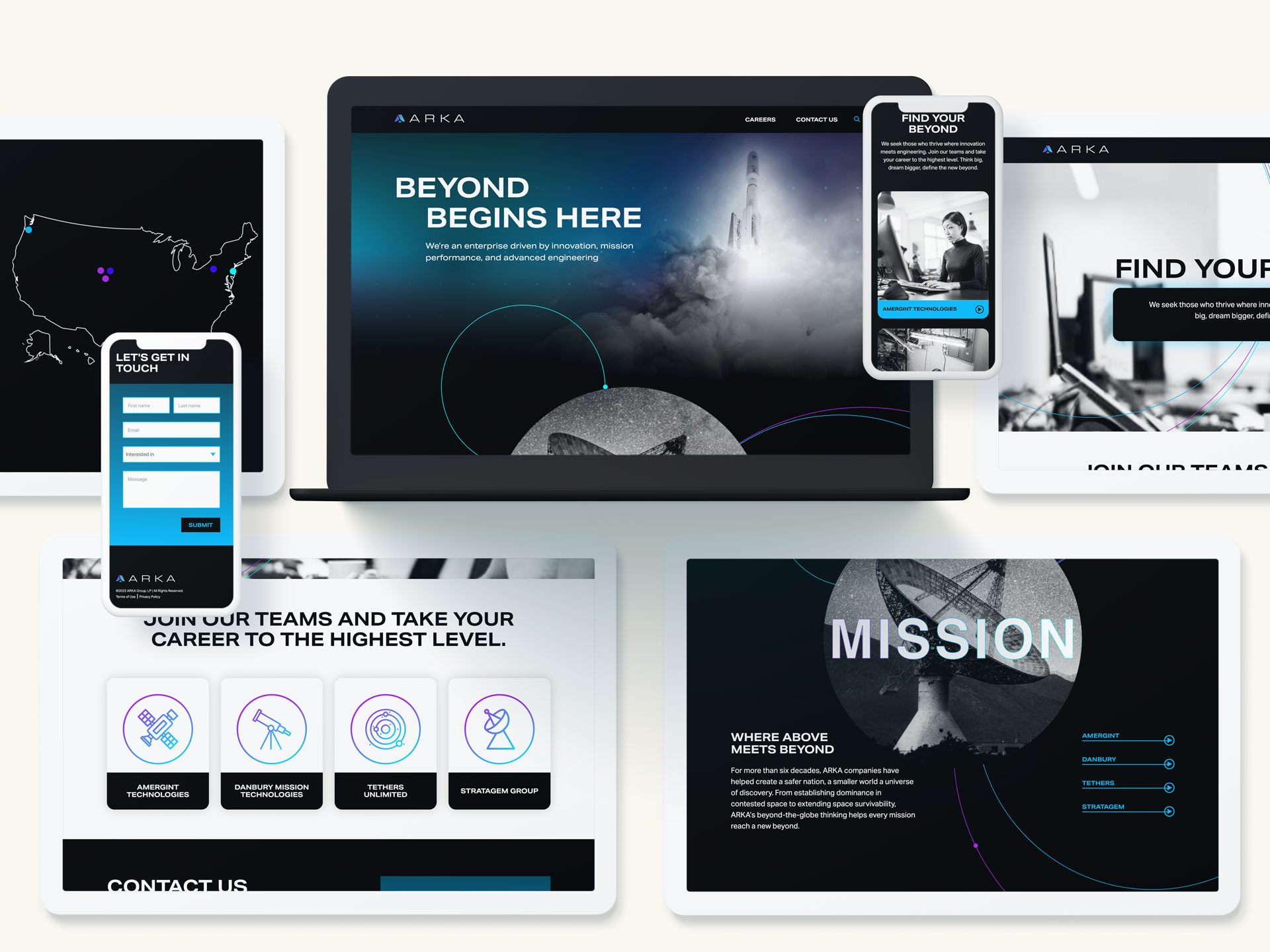
6. The Role of Networking & Relationship Building
Government contracting isn’t just about submitting proposals—it’s about building relationships. Networking is a key component in winning government contracts, whether through participating in trade shows, attending government forums, or engaging with government officials at industry events. Strong relationships build trust and make your business a familiar, reliable option when procurement officers are ready to make decisions.
B2G companies should invest time in developing relationships with key government contacts and staying visible at relevant events. These relationships can often be the deciding factor in whether your proposal is given serious consideration.
Unlocking the Power of Marketing in Government Contracting
In a competitive B2G market, marketing is essential for building credibility, creating connections, and ultimately winning government contracts. From targeted outreach to thought leadership and digital optimization, the strategies outlined here help position B2G companies for long-term success.
For private equity firms investing in the space, it’s clear that companies with a strong marketing strategy are not only better equipped to win government contracts but also provide a more attractive investment opportunity. At Bluetext, we specialize in helping B2G companies and their investors develop and execute these strategies.
When most people think of Halloween, images of pumpkins, spooky costumes, and haunted houses come to mind. But beyond trick-or-treating and ghost stories, Halloween offers a unique opportunity for businesses—especially B2B brands—to inject some creative flair into their branding efforts. While holidays like Halloween are often associated with B2C marketing, B2B companies can take advantage of the seasonal excitement to engage clients, refresh their brand image, and stand out in competitive markets.
In this post, we’ll explore how B2B brands can embrace the spooky spirit to reinvent their branding, from visual elements to clever campaigns. Let’s dive into the ways Halloween can offer both a temporary and lasting boost to your company’s image.
1. Leveraging Halloween for Seasonal Campaigns
Themed campaigns tied to specific holidays can be an effective way to create buzz and engage your audience. Halloween, with its playful, fun atmosphere, is the perfect backdrop for creativity. By leaning into the festive spirit, B2B companies can use Halloween as an opportunity to showcase a different side of their brand, one that’s more approachable, memorable, and human.
Consider running a limited-time promotion or launching a Halloween-themed product campaign. For example, a cybersecurity company could promote a “hauntingly good” offer on their services, while a SaaS provider might roll out a themed demo or tutorial to highlight “scary” data risks and how their product can help.
Seasonal campaigns give brands a chance to engage customers in a way that feels timely and relevant, boosting visibility and generating excitement.
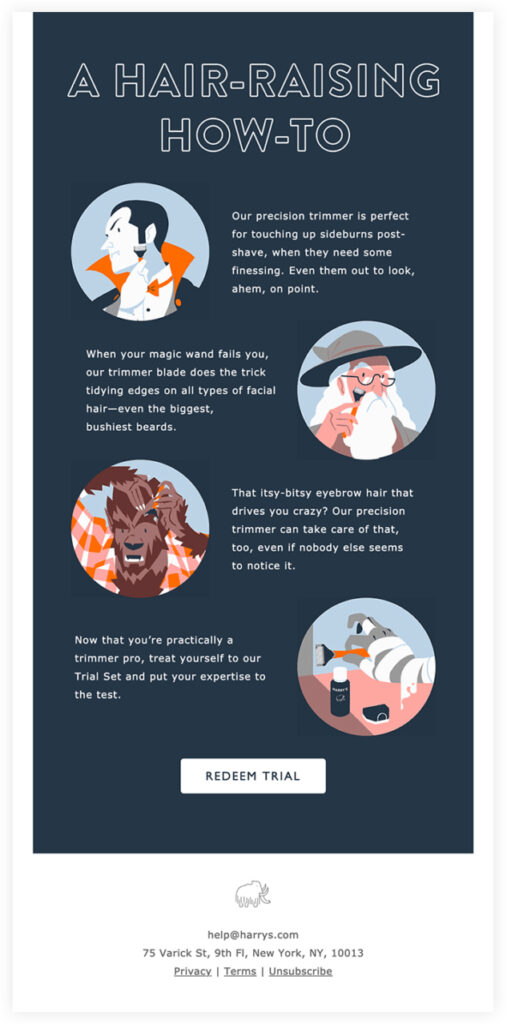
2. Spooky Visuals & Branding Elements
Halloween is all about striking visuals—think eerie shadows, bold colors, and playful characters. B2B brands can temporarily refresh their image by incorporating Halloween-themed elements into their logos, websites, or social media channels. A temporary logo redesign featuring bats, pumpkins, or a spooky color palette can add a touch of fun to your brand without compromising professionalism.
Playful visuals also attract attention in crowded digital spaces, encouraging users to stop and engage with your brand. Adding subtle Halloween elements to your website banners, social posts, or email campaigns can help create a cohesive, festive feel.
At Bluetext, we work with brands to ensure that their seasonal visuals remain true to their overall identity while capturing the spirit of the occasion. Done right, spooky visuals can not only engage your audience during Halloween but also position your brand as creative and adaptable long-term.
3. Spooky Copywriting & Themed Messaging
Words matter, especially when they come with a twist of spooky fun. Halloween-themed copy can help your messaging stand out in an otherwise dry B2B environment. Think about using clever, eerie puns or references in your marketing materials—whether it’s a tagline like “Don’t let your data ghosts haunt you!” or email subject lines like “A Frighteningly Good Offer Awaits.”
Spooky messaging can also humanize your brand by allowing a lighter, more playful tone. Just remember to balance the festive fun with your overall brand voice, ensuring you maintain credibility while having fun with your audience.
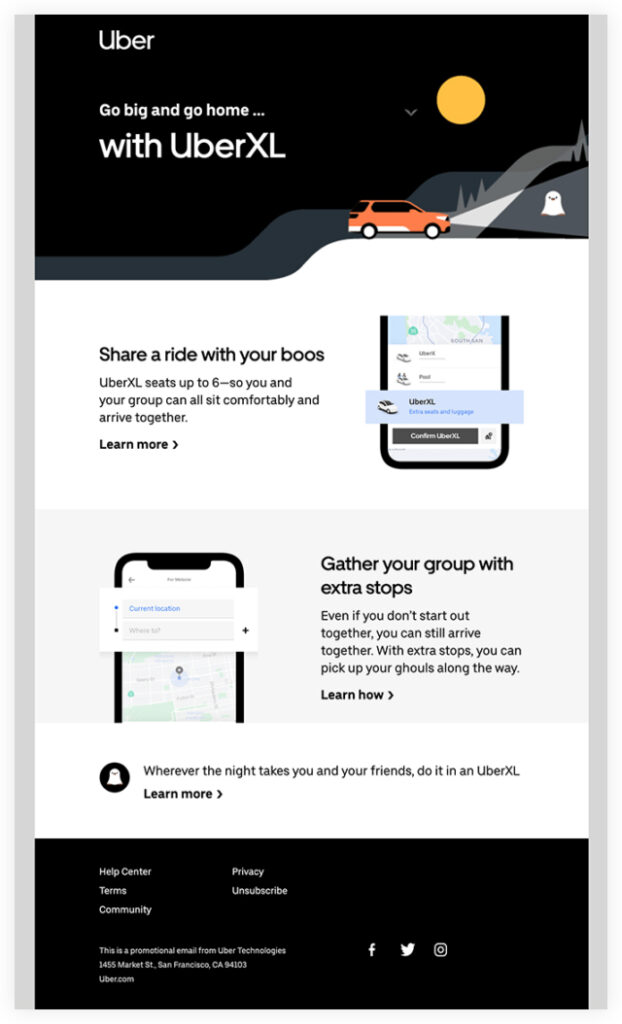
4. Halloween as a Gateway to a Brand Refresh
What starts as a seasonal campaign can sometimes inspire larger, more permanent shifts in your brand’s identity. By experimenting with Halloween-themed visuals, messaging, and promotions, you may discover new ideas that resonate with your audience and can be carried forward into your long-term strategy.
For example, the introduction of a temporary mascot for a Halloween campaign could evolve into a recurring brand ambassador that reappears in future seasons. Or, the more playful tone used in Halloween messaging might inspire your team to adopt a friendlier, more conversational approach to your year-round communications.
Seasonal branding efforts can be a great testing ground for ideas that may eventually lead to a full-scale brand refresh. At Bluetext, we work with clients to explore these opportunities, leveraging seasonal campaigns to inform bigger shifts in brand strategy.
5. Examples of Successful Halloween Campaigns in B2B
Halloween-themed campaigns aren’t just for consumer-facing brands. In fact, many B2B companies have successfully embraced the holiday to make a lasting impression.
For example, an enterprise software company might run a Halloween-themed webinar, marketing it as “Scary Good Tips to Save Time with Automation.” A financial services firm could host a “Fright-Free Finance” event, focusing on demystifying complex financial topics with a seasonal twist. Even something as simple as incorporating spooky language into social media posts or launching a limited-time offer on services can help B2B brands join the Halloween fun.
By embracing these creative ideas, brands can increase engagement, foster stronger connections with their audience, and leave a lasting impression that extends beyond the holiday itself.
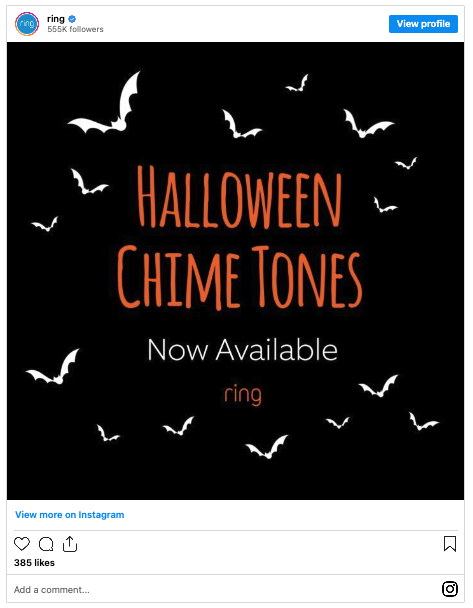
Unleash the Spooky Potential of Your Brand
Halloween offers more than just costumes and candy; it’s an opportunity for B2B brands to get creative and refresh their image. From spooky visuals and clever copy to themed campaigns that build buzz, Halloween can be the perfect catalyst for both short-term engagement and long-term brand innovation.
At Bluetext, we specialize in helping brands tap into seasonal opportunities to create lasting impact. Ready to put your own spooky spin on your brand this Halloween? Contact us today to start planning a campaign that will haunt your audience—in all the right ways.
For SaaS companies, content marketing is more than a buzzword—it’s a core driver of user acquisition, engagement, and retention. At Bluetext, we’ve worked with leading SaaS brands to build strategic content marketing campaigns that not only attract users but keep them engaged long-term. In this post, we’ll share advanced tactics to help your SaaS company build high-performance content campaigns that drive product adoption and increase retention.
The Unique Challenges of SaaS Content Marketing
Unlike traditional products, SaaS offerings live in a fast-evolving digital environment where product updates are frequent, user education is critical, and retention is key to growth. For this reason, your content marketing must do more than just capture attention—it needs to nurture users, demonstrate ongoing value, and reduce churn.
At Bluetext, we understand that SaaS marketing requires a customer-first approach that meets users at every stage of their journey. From initial awareness to retention strategies, your content should deliver value, solve pain points, and provide the information users need to succeed with your product.
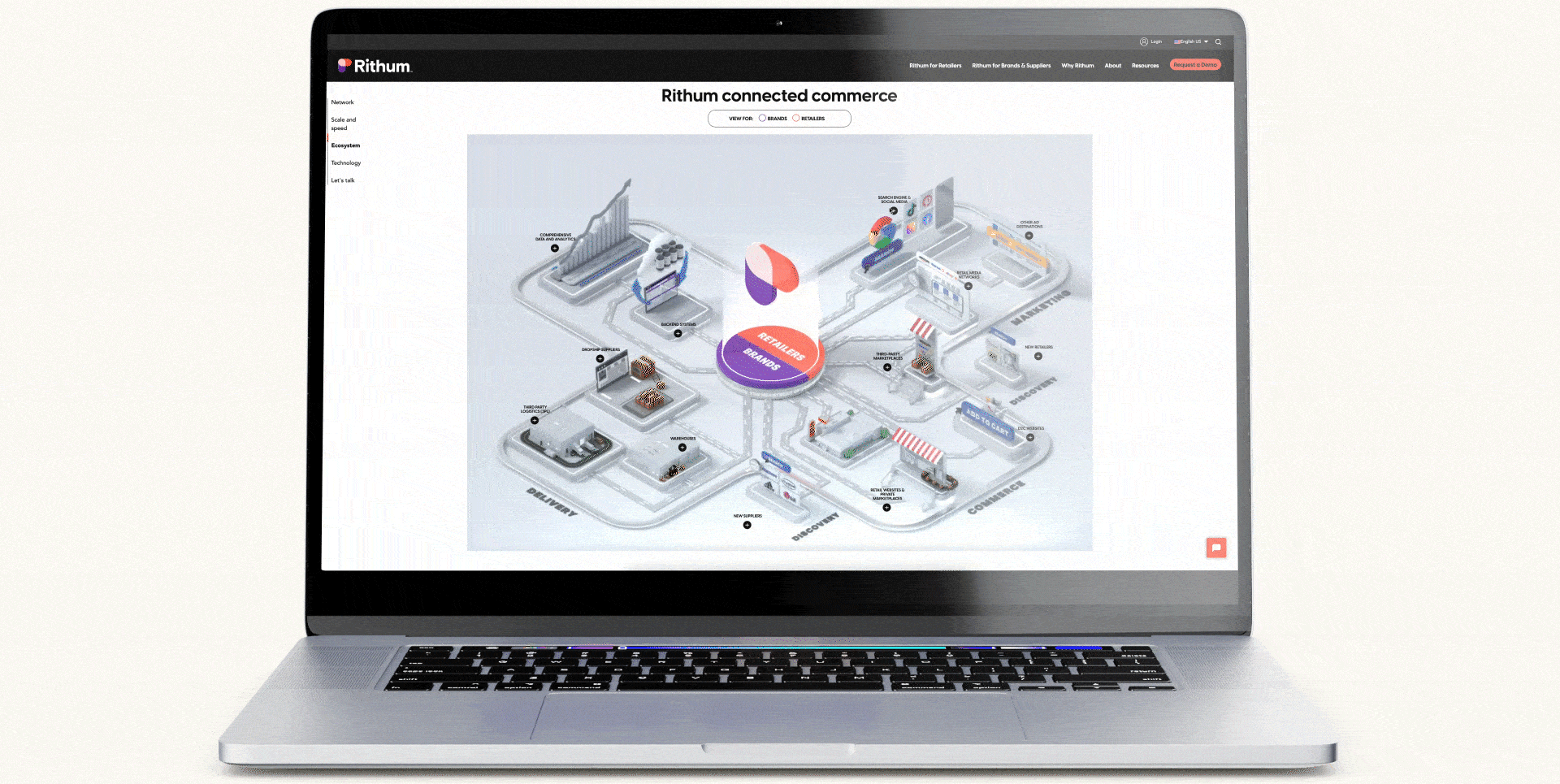
Key Tactics for High-Performance SaaS Content Campaigns
1. Customer-Centric Content Strategy
Your SaaS customers have different needs depending on where they are in their journey, and your content should reflect that. A strategic content marketing plan focuses on the following stages:
- Awareness: Attract potential customers with educational content that highlights industry challenges and trends. Think of blog posts, infographics, and whitepapers that position your brand as a thought leader.
- Consideration: Offer detailed comparisons, case studies, and solution-specific content to help users evaluate your product against competitors.
- Decision: Showcase product demos, free trials, and testimonials that reinforce the value of your SaaS solution and encourage sign-ups.
At Bluetext, we prioritize creating targeted, customer-centric content that speaks directly to each stage of the buyer’s journey—whether the goal is driving product sign-ups or nurturing current users.
2. Maximizing SEO for SaaS
SEO is a cornerstone of any SaaS content marketing strategy. High-intent, long-tail keywords that address specific problems your software solves are essential for capturing qualified traffic. But it’s not just about traffic volume; it’s about attracting the right audience.
Our team at Bluetext uses data-driven SEO strategies that combine technical optimization with high-quality, informative content. For SaaS companies, how-to guides, feature-focused blog posts, and use-case articles are particularly effective in driving organic traffic. These types of content not only rank well but also educate users and showcase your product’s capabilities.
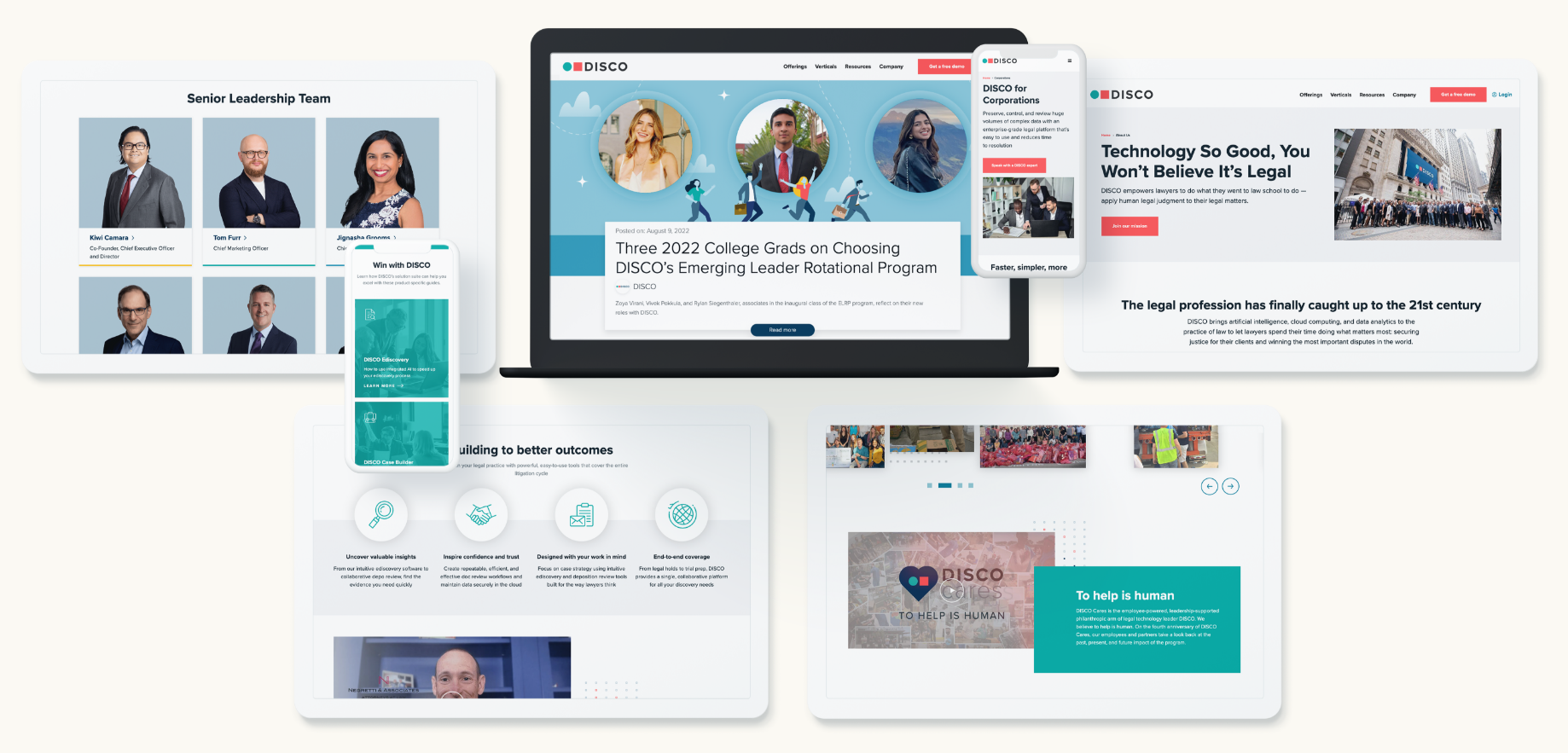
3. Product-Led Content
SaaS users need more than just promises—they need to see how your product works and how it can solve their problems. That’s where product-led content comes in. From in-depth feature breakdowns to video tutorials, product-led content helps users understand how to extract maximum value from your software.
At Bluetext, we focus on creating product-centric content that empowers users to make informed decisions. This approach ensures that potential customers feel confident adopting your SaaS solution, while existing users stay engaged and continue to explore more features.
4. Building Credibility with Case Studies & User Stories
One of the most effective ways to build trust and credibility for your SaaS product is through the success of your customers. Case studies and user stories highlight real-world applications of your software and provide social proof that potential customers are looking for.
Whether it’s a Fortune 500 company or an emerging startup, the team at Bluetext knows how to craft compelling case studies that showcase measurable results. These narratives help potential customers see how your product fits into their own success story, boosting conversions and driving deeper engagement.
Distributing Content Effectively
Creating high-quality content is just one piece of the puzzle. For SaaS companies, how you distribute and amplify that content can make all the difference. At Bluetext, we build multi-channel distribution strategies to ensure content reaches your audience in the right place, at the right time.
1. Email Marketing for User Engagement
Email remains one of the most effective tools for SaaS marketers to nurture leads and retain customers. Onboarding emails, drip campaigns, and product update newsletters are all critical touchpoints to keep users engaged. Bluetext specializes in creating personalized email marketing strategies that ensure your users get the content they need when they need it.
2. Social Media Amplification
Social media is another powerful channel for SaaS companies to share content and engage users. Our team leverages platforms like LinkedIn, Twitter, and Facebook to promote blog posts, webinars, and case studies to targeted audiences. Whether it’s through organic posts or paid campaigns, we ensure your content is reaching decision-makers and influencers in your industry.
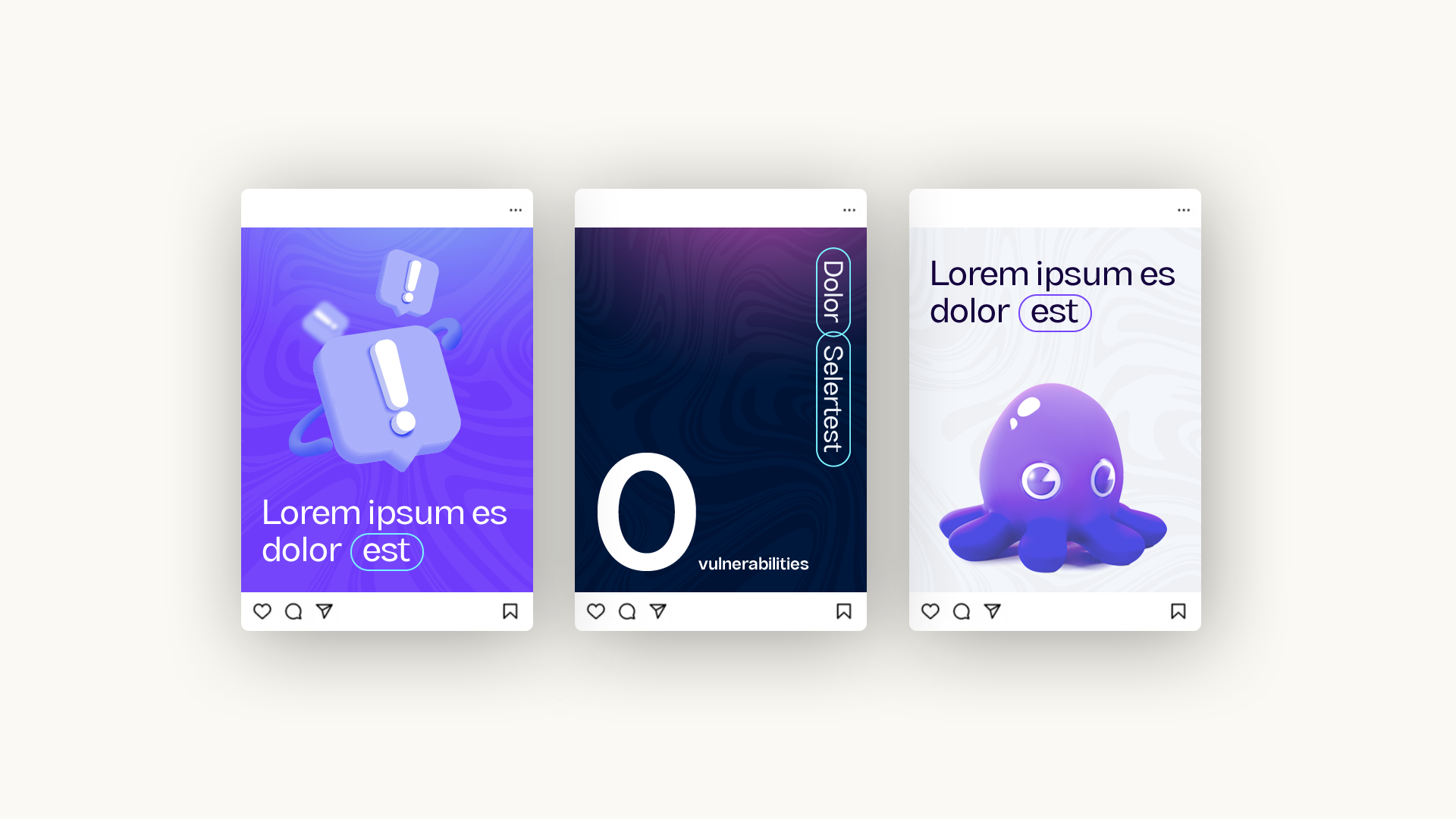
3. Partnerships and Co-Marketing
Expanding your reach through strategic partnerships is another effective way to grow your audience. At Bluetext, we help SaaS brands collaborate with complementary companies or thought leaders to share content and co-market campaigns. These partnerships not only increase brand visibility but also build valuable backlinks that improve SEO.
Measuring Success and Optimizing Campaigns
Content marketing isn’t static—it’s an ongoing process of analysis and refinement. For SaaS companies, success is measured by more than just clicks and traffic. At Bluetext, we use key performance indicators (KPIs) like content-driven conversions, churn reduction, and user engagement to track the success of our campaigns.
Our team continuously optimizes campaigns based on performance data, employing A/B testing for headlines, call-to-actions, and content formats to ensure that your content is always working toward its full potential.
Conclusion
High-performance content marketing for SaaS products requires a deep understanding of your customers, a tailored content strategy, and a robust distribution plan. At Bluetext, we’ve helped SaaS brands craft content campaigns that drive adoption, boost engagement, and foster long-term customer retention. By using these advanced tactics, you can turn your content into a powerful engine for SaaS growth.
Ready to elevate your content marketing strategy? Contact Bluetext today to see how we can help you drive SaaS adoption and retention through data-driven, high-performance content campaigns.
In today’s competitive government contracting landscape, standing out is no small feat. While pricing and technical capabilities are critical to winning contracts, there’s another crucial factor that can make or break a contractor’s success: thought leadership. Establishing yourself as a trusted authority in your industry is essential, not just for differentiating your business but also for influencing the decision-makers in government agencies.
But what exactly is thought leadership, and how can it help government contractors build credibility and win contracts? Let’s explore.
The Importance of Thought Leadership in Government Contracting
Government contracting is highly competitive, with multiple firms often vying for the same contract. While many contractors may offer similar technical expertise or pricing, one element that can set them apart is their authority within the industry. Thought leadership provides that edge by positioning a company as a trusted advisor to government agencies and procurement officers.
In the public sector, trust and credibility are crucial factors in the decision-making process. Agencies are often risk-averse, preferring to work with companies they believe have a deep understanding of their unique challenges and long-term needs. Contractors that establish themselves as thought leaders demonstrate their commitment to the industry, forward-thinking approach, and ability to provide solutions tailored to government challenges.
This credibility is invaluable in the procurement process, helping to influence perceptions and potentially tipping the scales in your favor when contracts are being awarded.
The Benefits of Thought Leadership
Thought leadership offers several benefits for government contractors:
- Building Trust: By sharing valuable insights, analysis, and solutions, your company becomes a go-to resource for government decision-makers. This positions your firm as more than just a vendor—you’re seen as a strategic partner capable of delivering long-term value.
- Enhancing Visibility: Thought leaders naturally gain more attention, both online and offline. Consistently providing industry insights through articles, white papers, and speaking engagements raises your profile, making your company more recognizable to key stakeholders.
- Creating Opportunities: By engaging with the public sector through thought leadership, you open doors for networking, collaboration, and partnerships. Government contractors who are recognized as industry experts are often sought out for high-level conversations, giving them access to new opportunities.
How to Establish Thought Leadership in Government Contracting
Building a thought leadership strategy requires a concerted effort across various channels. Here are key strategies to consider:
1. Leverage Executive Visibility
Your executives are often the most credible voices within your company. Encourage them to share insights through blogs, white papers, and case studies that address common government contracting challenges. For example, a white paper on improving cybersecurity in public sector IT systems can help position your company as a forward-thinking solution provider in a key area of concern.
2. Engage in Speaking Opportunities
Participating in industry events and conferences is a powerful way to demonstrate expertise. By delivering talks or sitting on panels, your company leaders can showcase their deep industry knowledge, while making valuable connections with procurement officers and other stakeholders in the government space.
3. Media and Content Opportunities
Take advantage of media opportunities to expand your company’s reach. Podcasts, radio tours, and guest articles in respected industry publications can amplify your firm’s voice. Providing expert commentary on emerging trends or challenges, such as the impact of AI on government operations, is a smart way to remain top of mind with key audiences.
4. Create Content That Solves Problems
Government agencies are constantly dealing with complex, evolving issues. Create content that directly addresses these pain points, offering actionable solutions and insights. A case study on how your company helped an agency streamline its procurement process can demonstrate your practical knowledge and ability to deliver results.
Measuring the ROI of Thought Leadership
Like any marketing initiative, thought leadership should be measurable. Key performance indicators (KPIs) might include:
- Engagement metrics: Track the performance of your thought leadership content by monitoring web traffic, social shares, and media mentions.
- Media coverage: A well-placed article or interview can enhance visibility and credibility.
- Business outcomes: Keep an eye on contract inquiries and wins that are linked to your thought leadership activities, as this can indicate direct impact on your bottom line.
By regularly reviewing these metrics, you can adjust your thought leadership strategy to focus on the areas delivering the most value.

Why Thought Leadership Matters for Government Contractors
Thought leadership is more than just a marketing buzzword. For government contractors, it’s a powerful tool for building trust, enhancing visibility, and ultimately winning more contracts. By positioning your company as an authority in your field, you not only differentiate yourself from the competition but also create long-term value for your public sector clients.
Ready to establish your firm as a leader in government contracting? Bluetext can help you develop a customized thought leadership strategy that drives results. Contact us today to get started.
